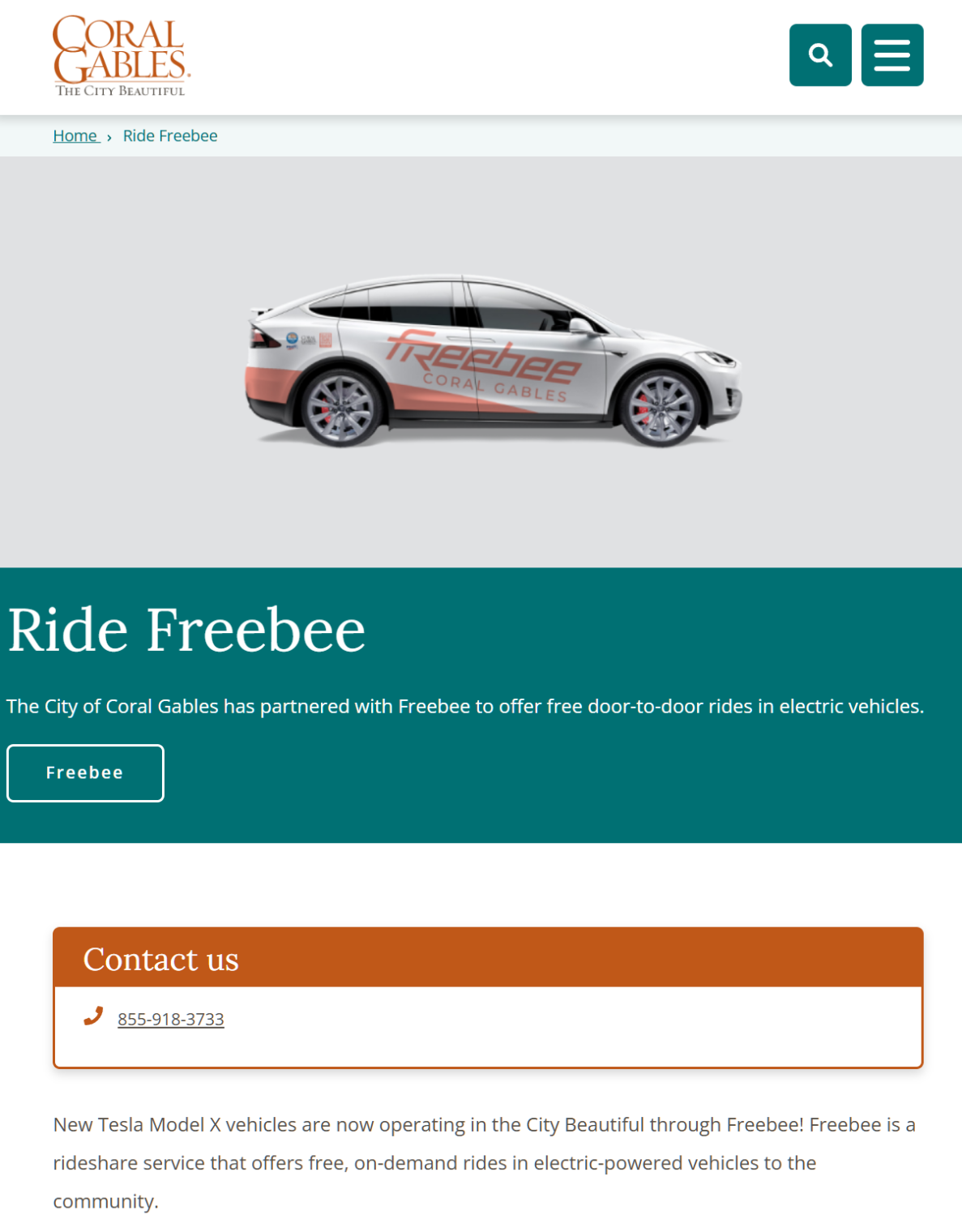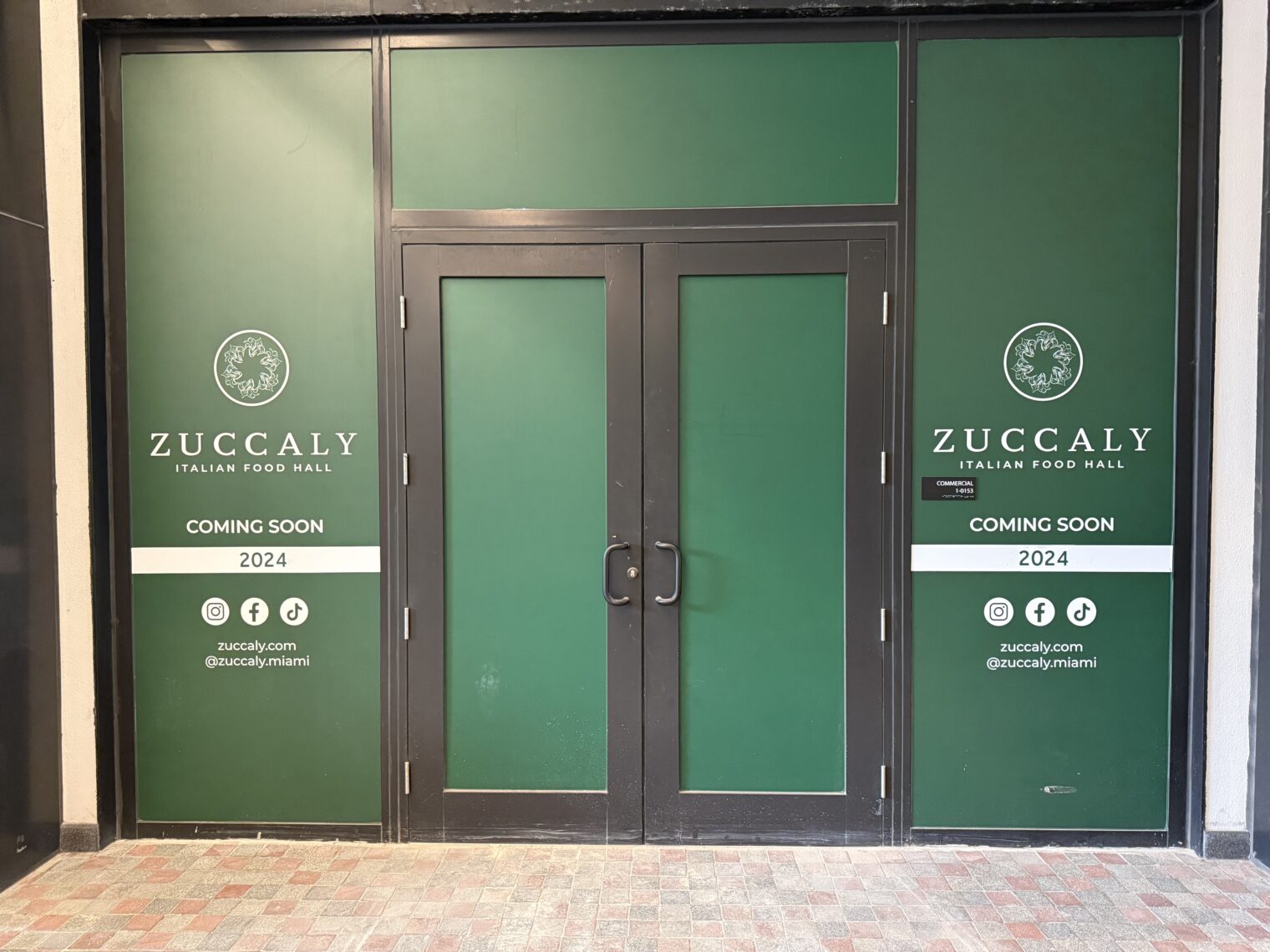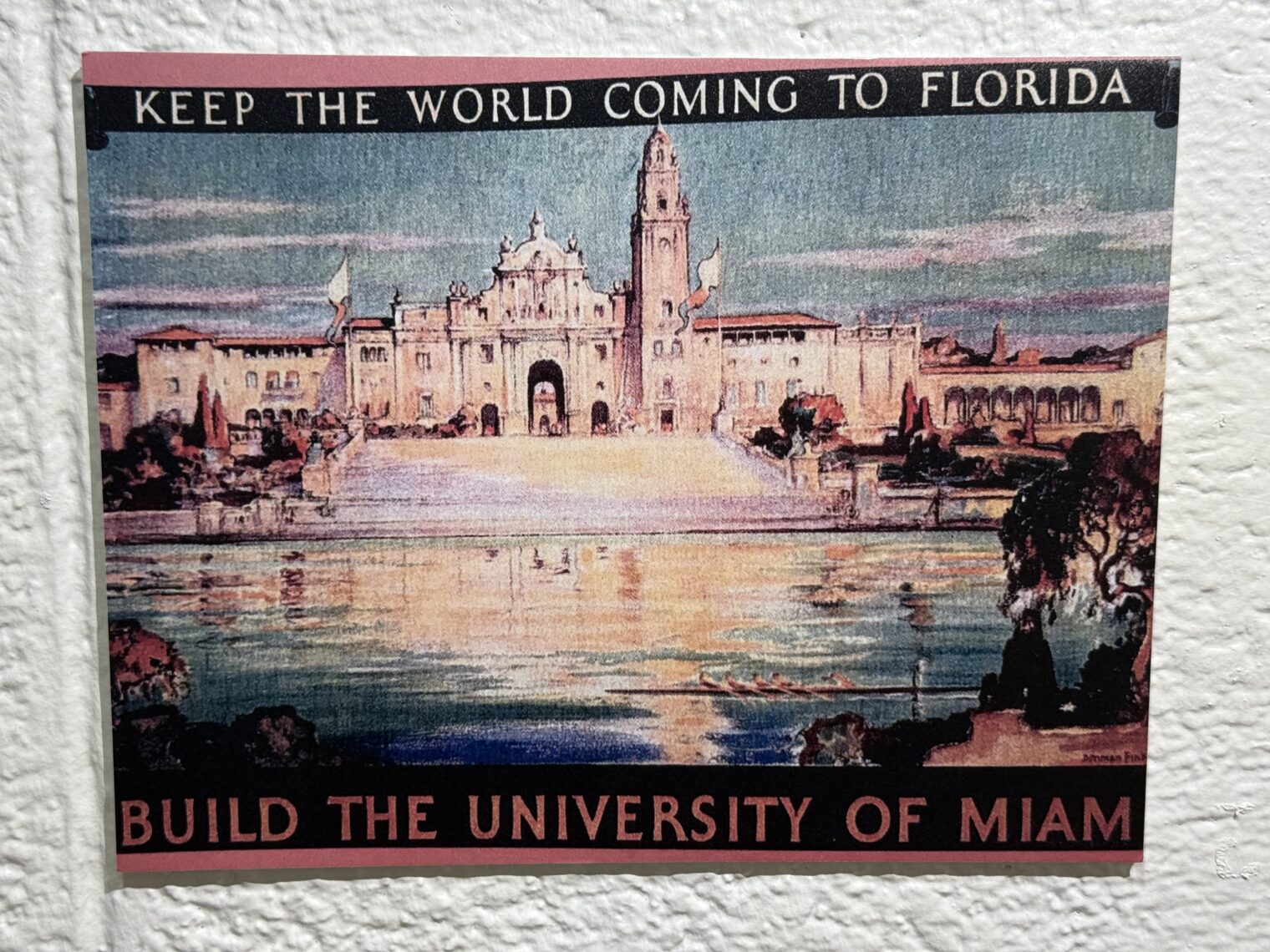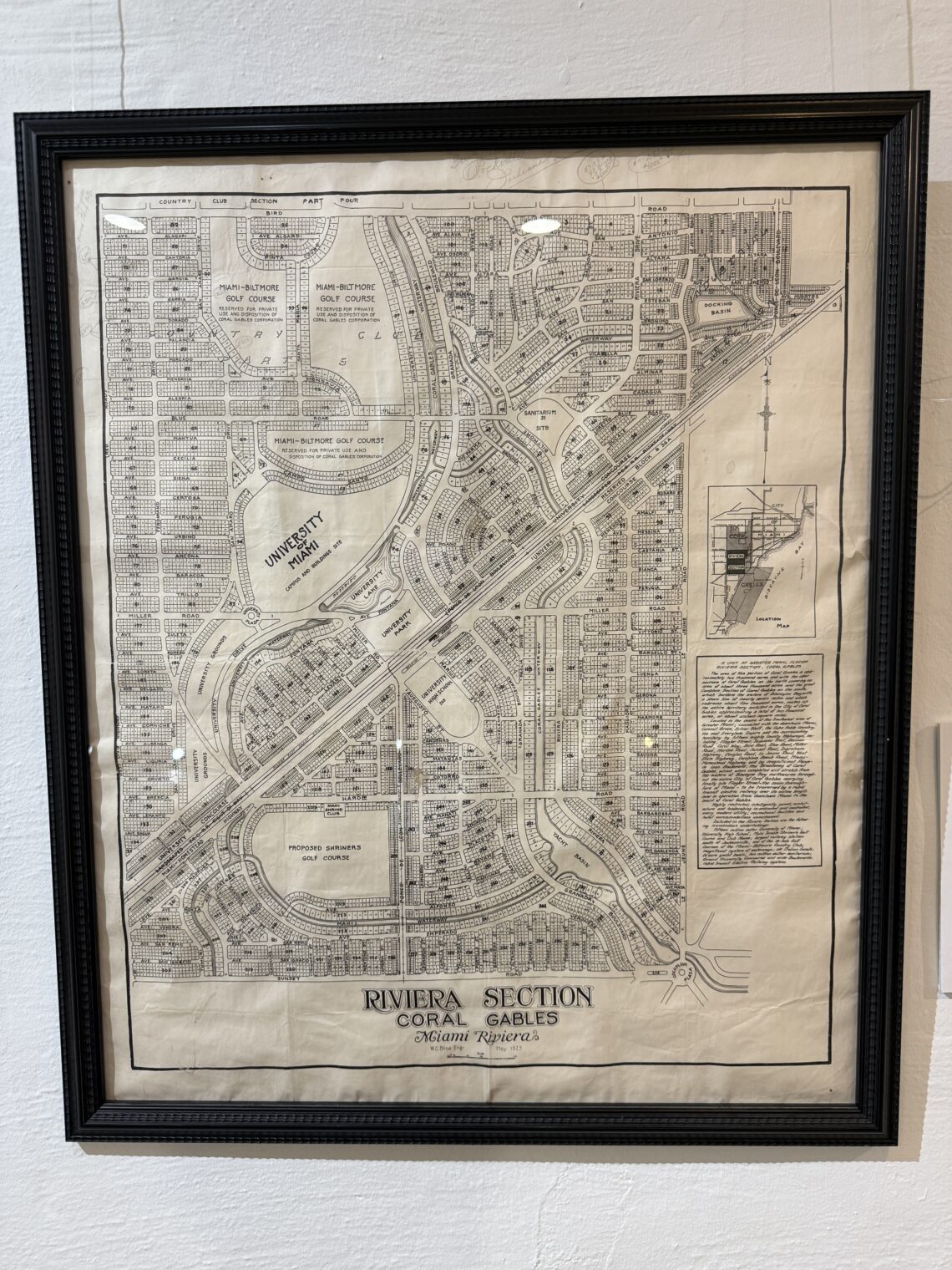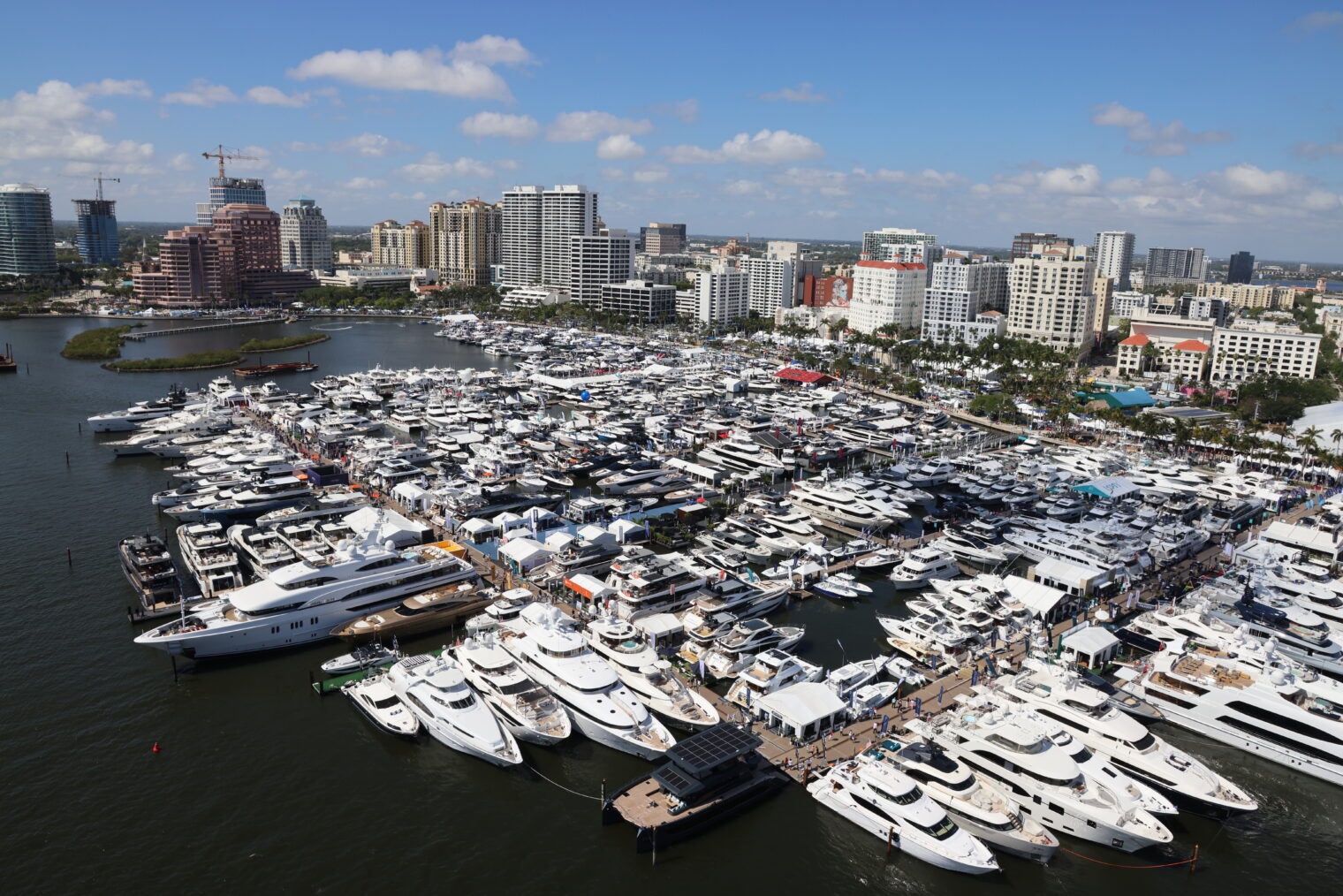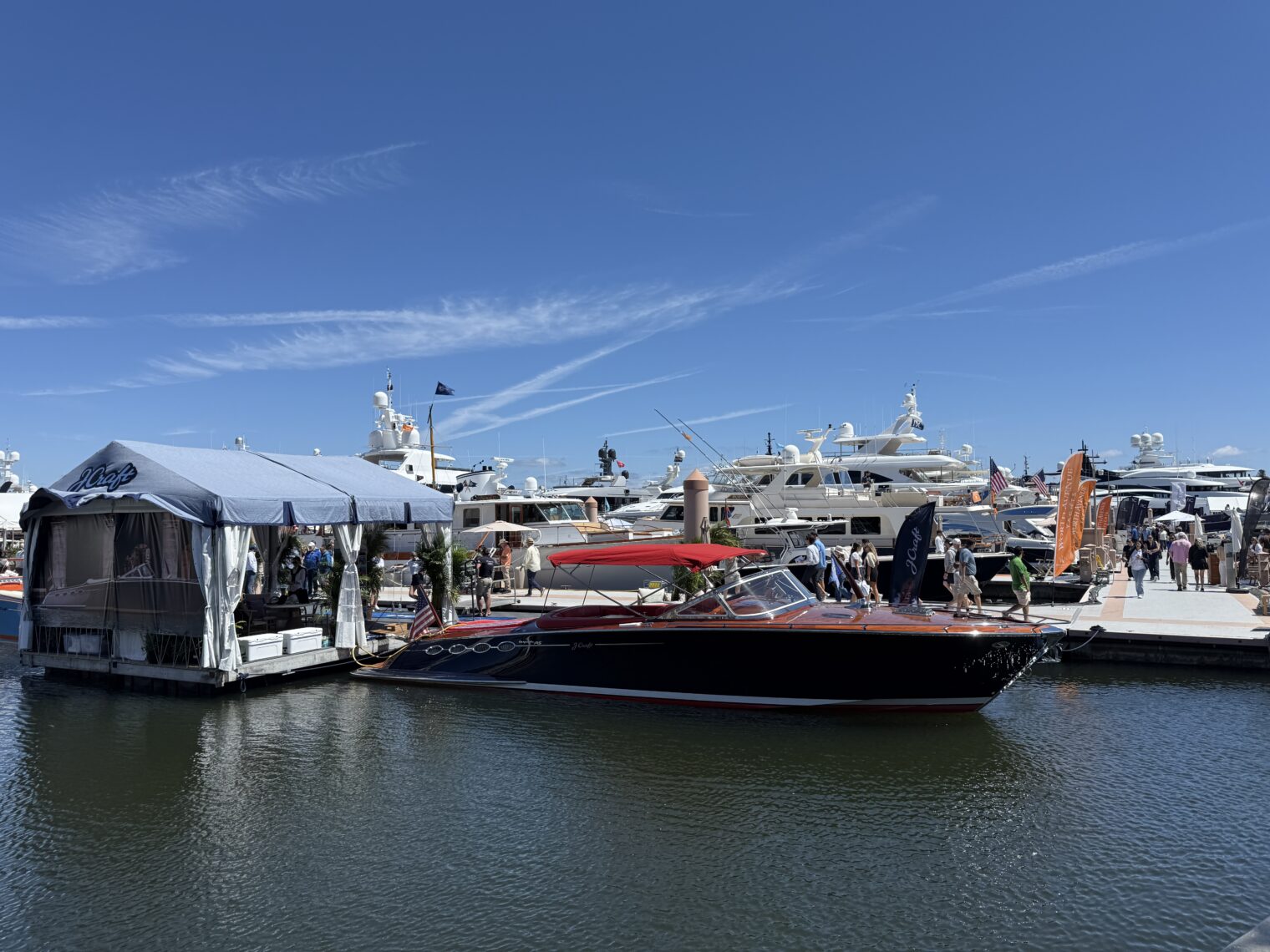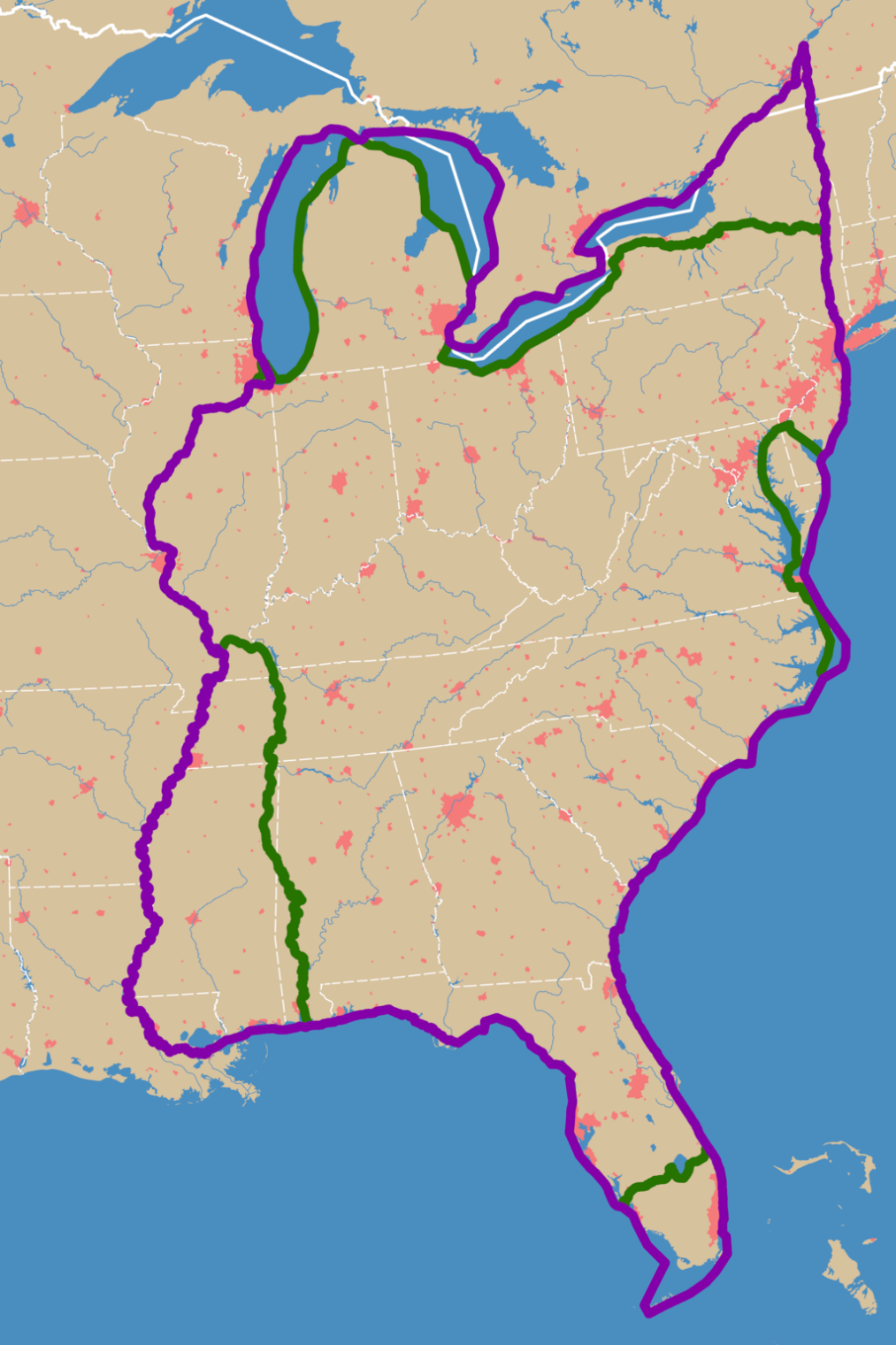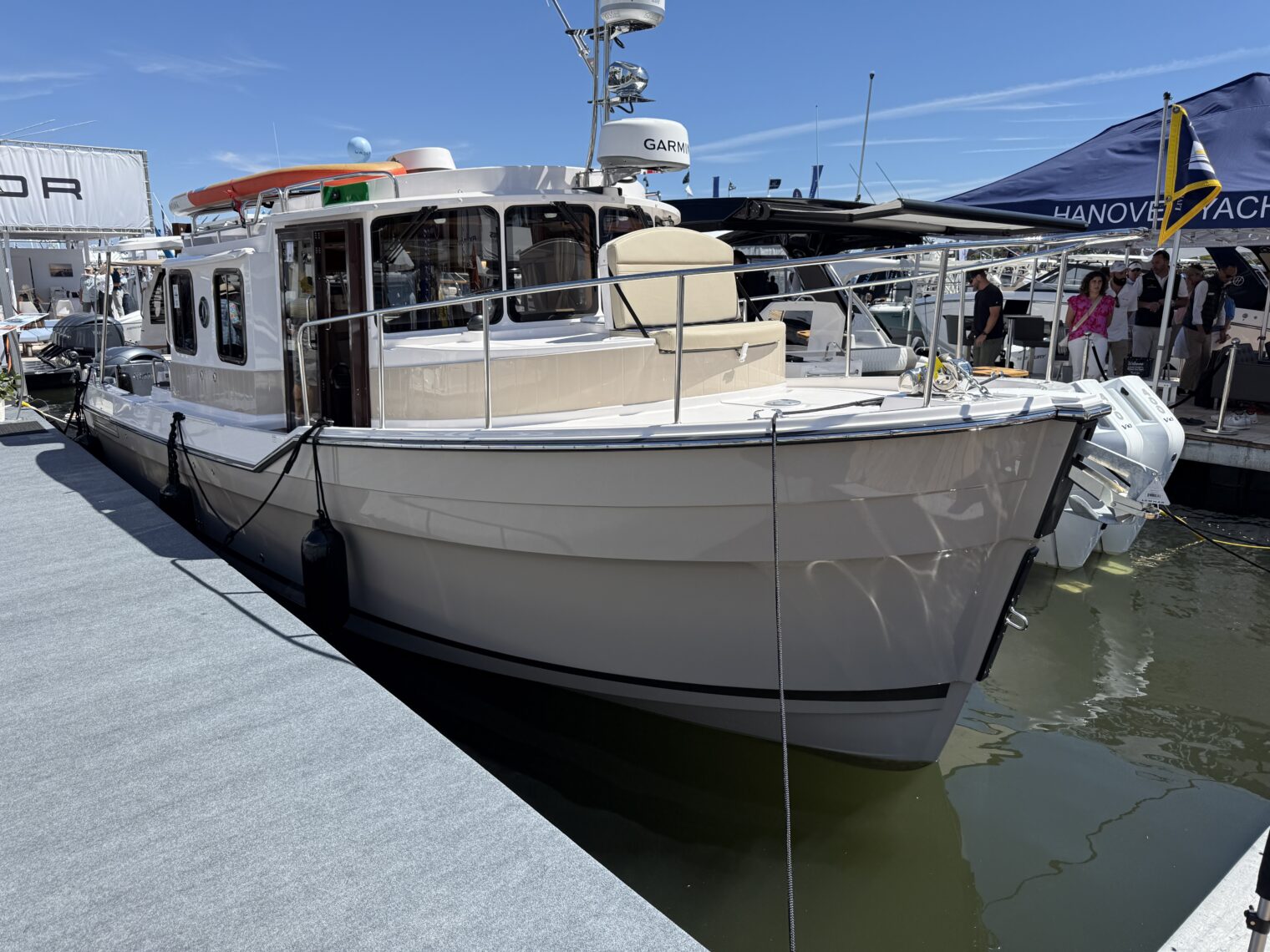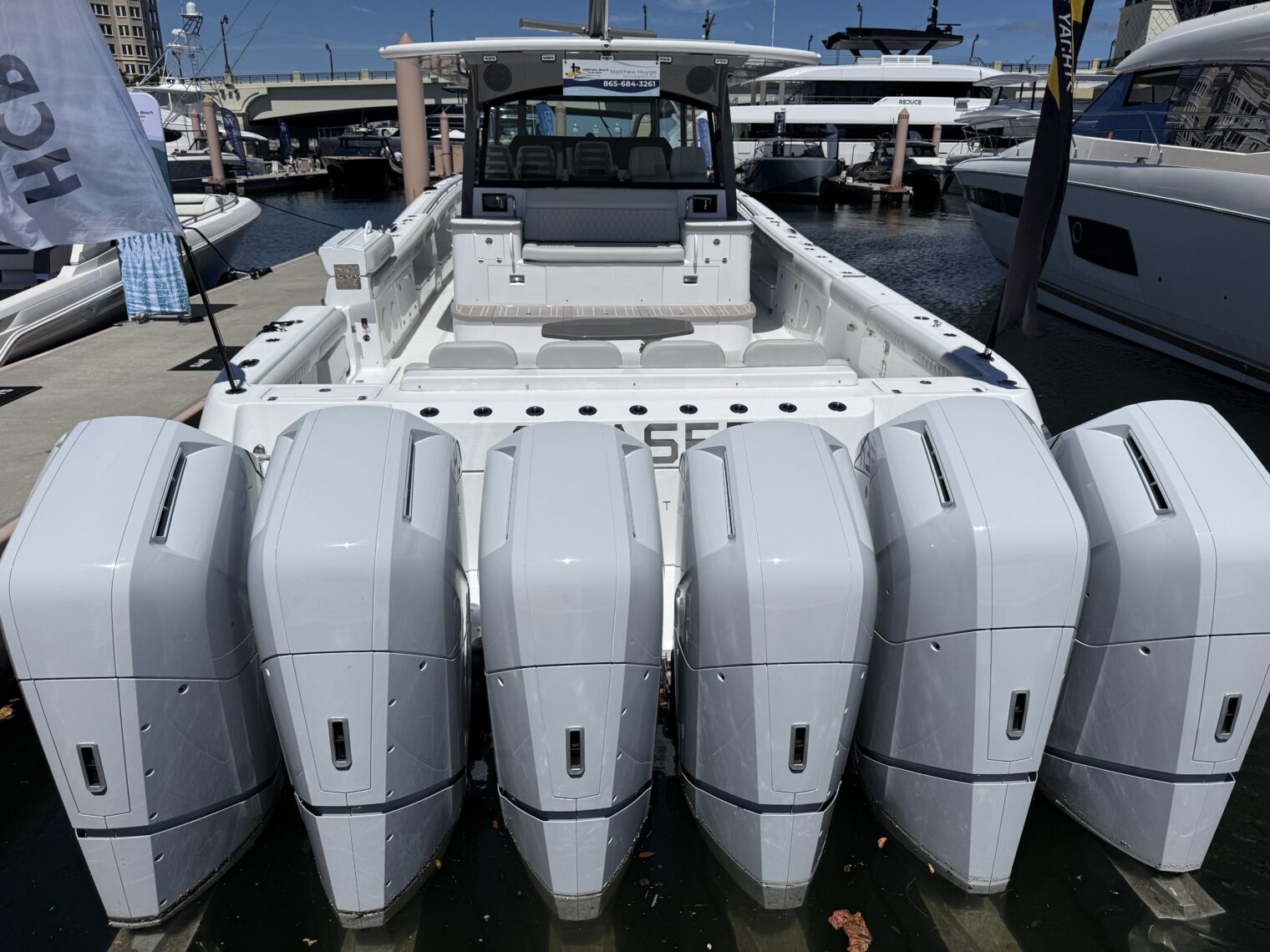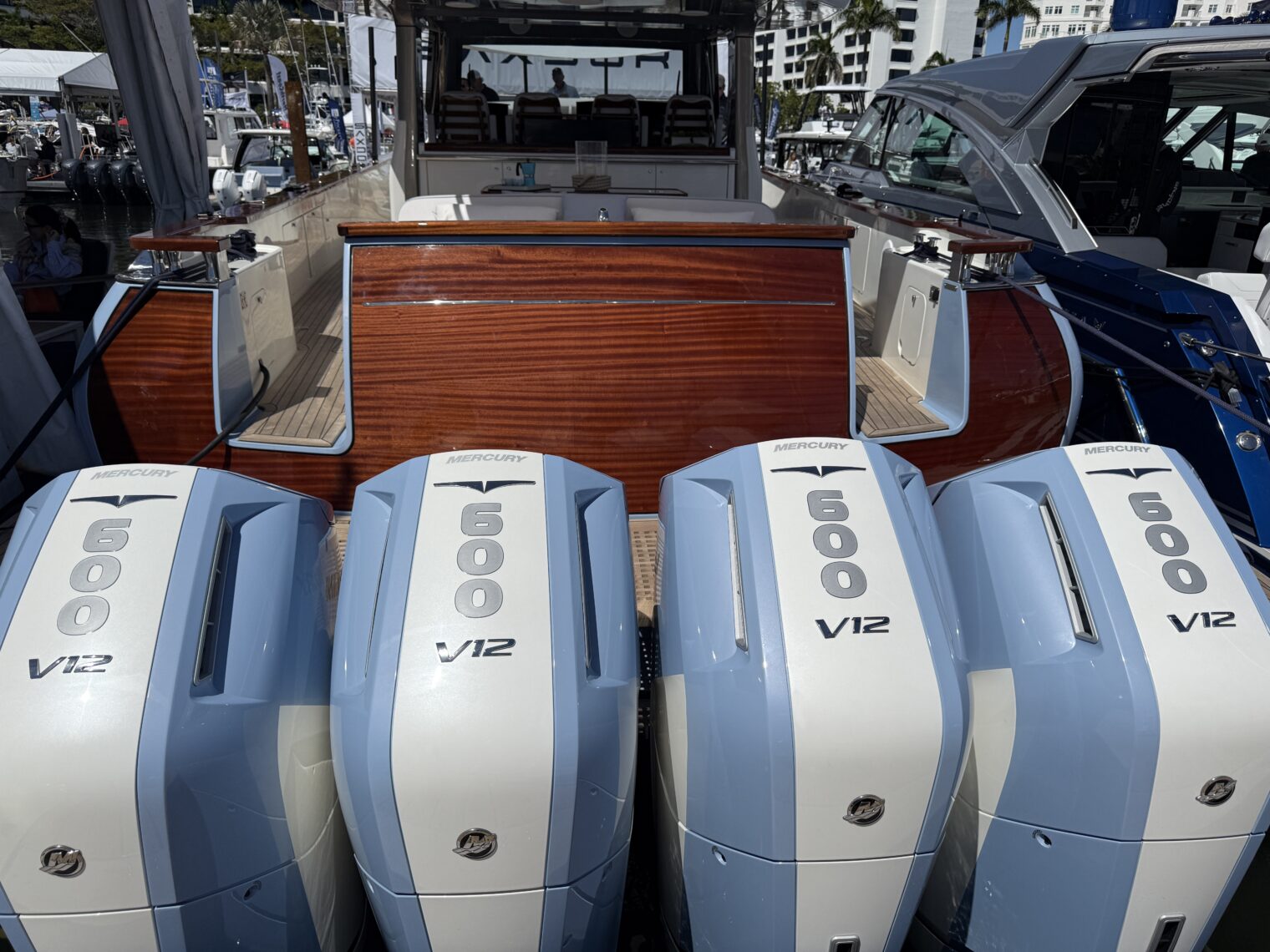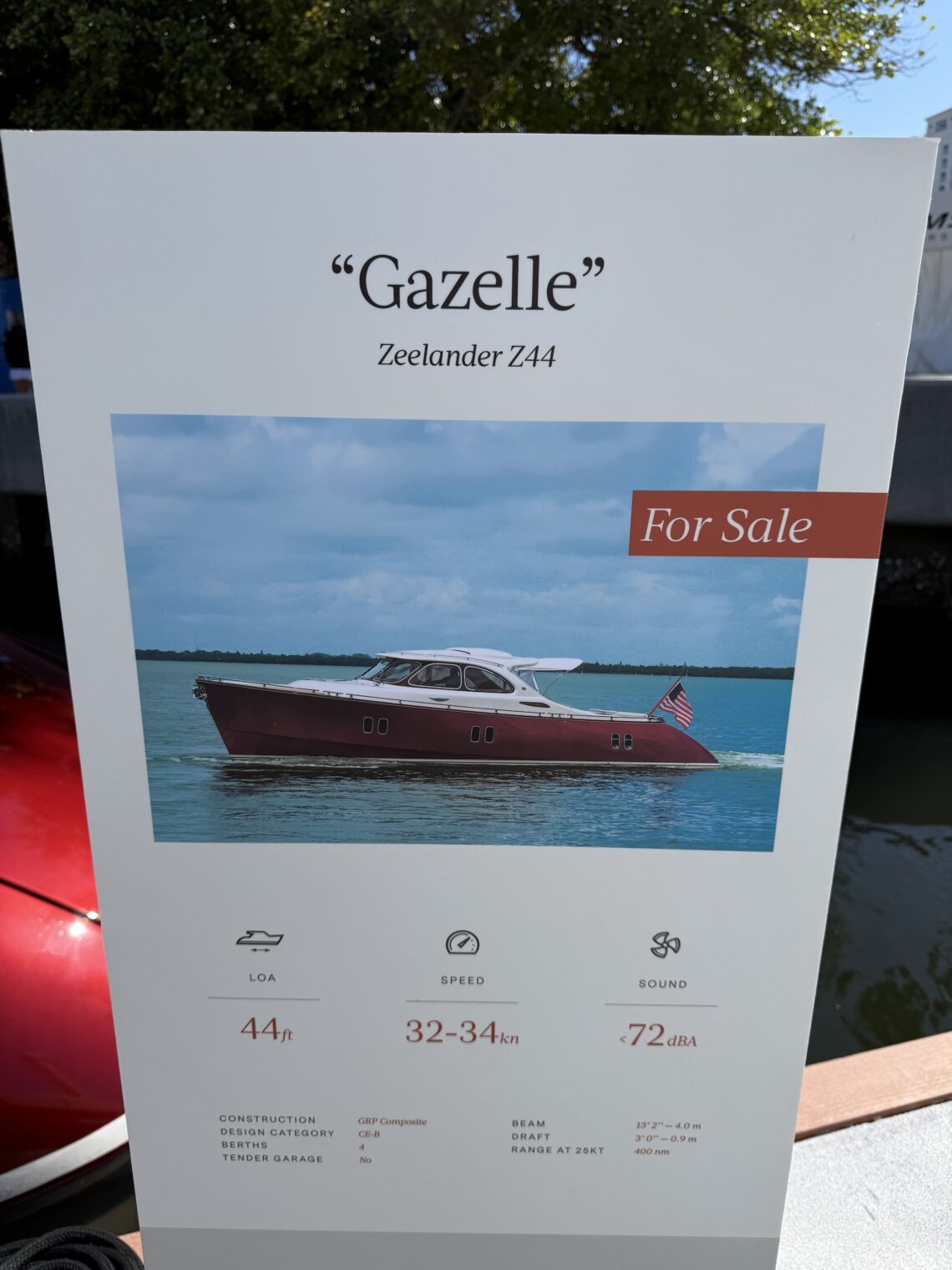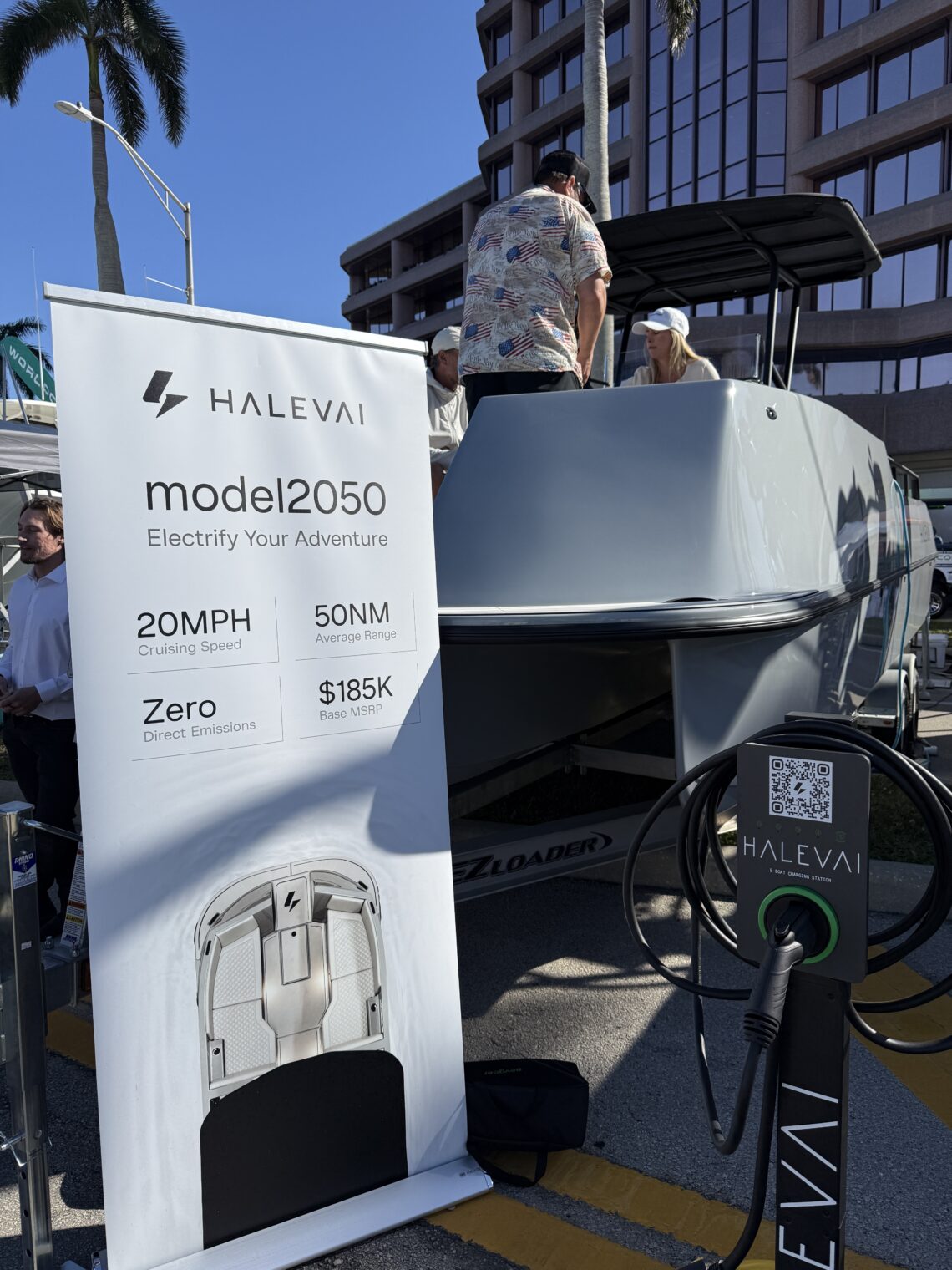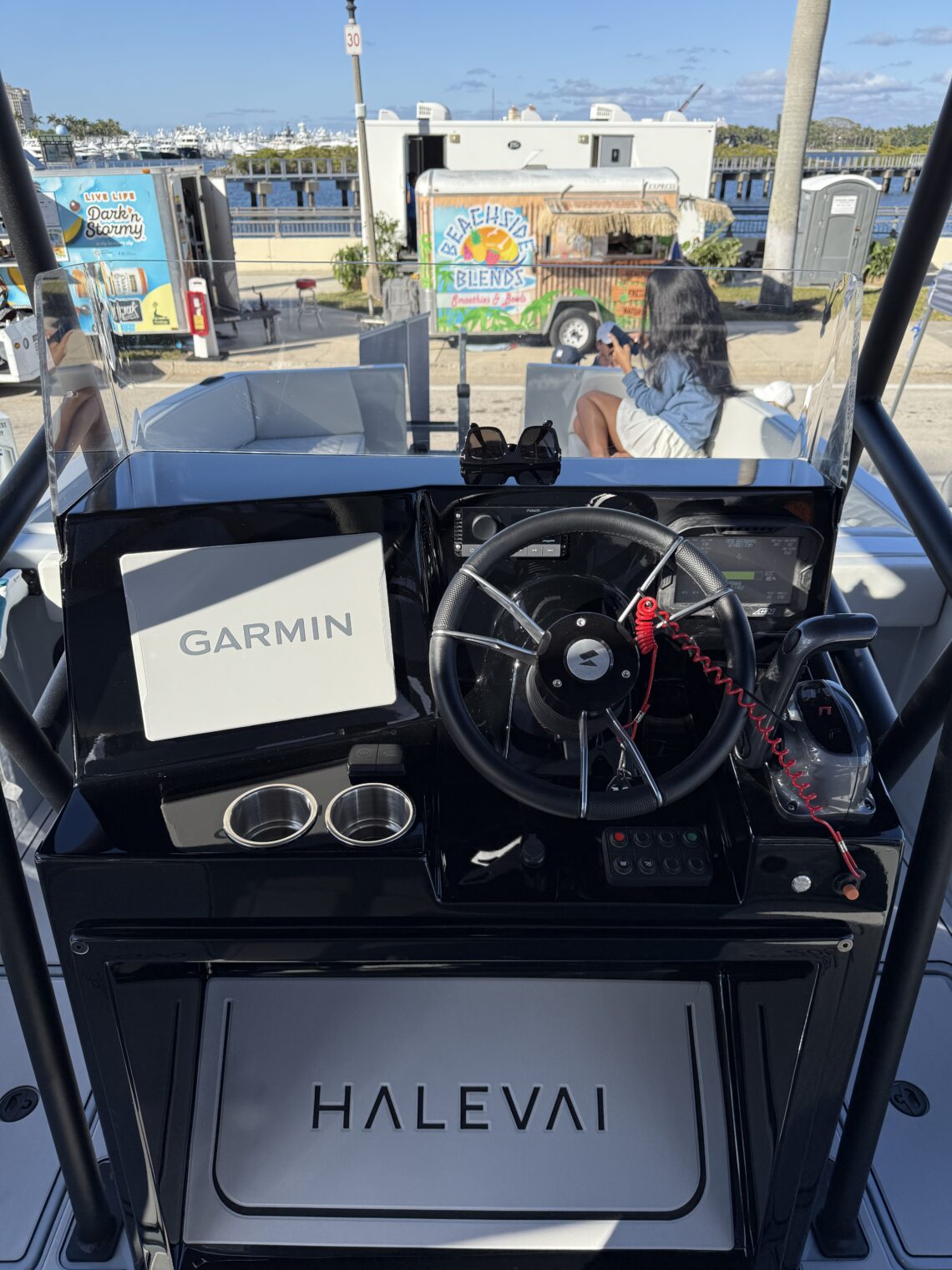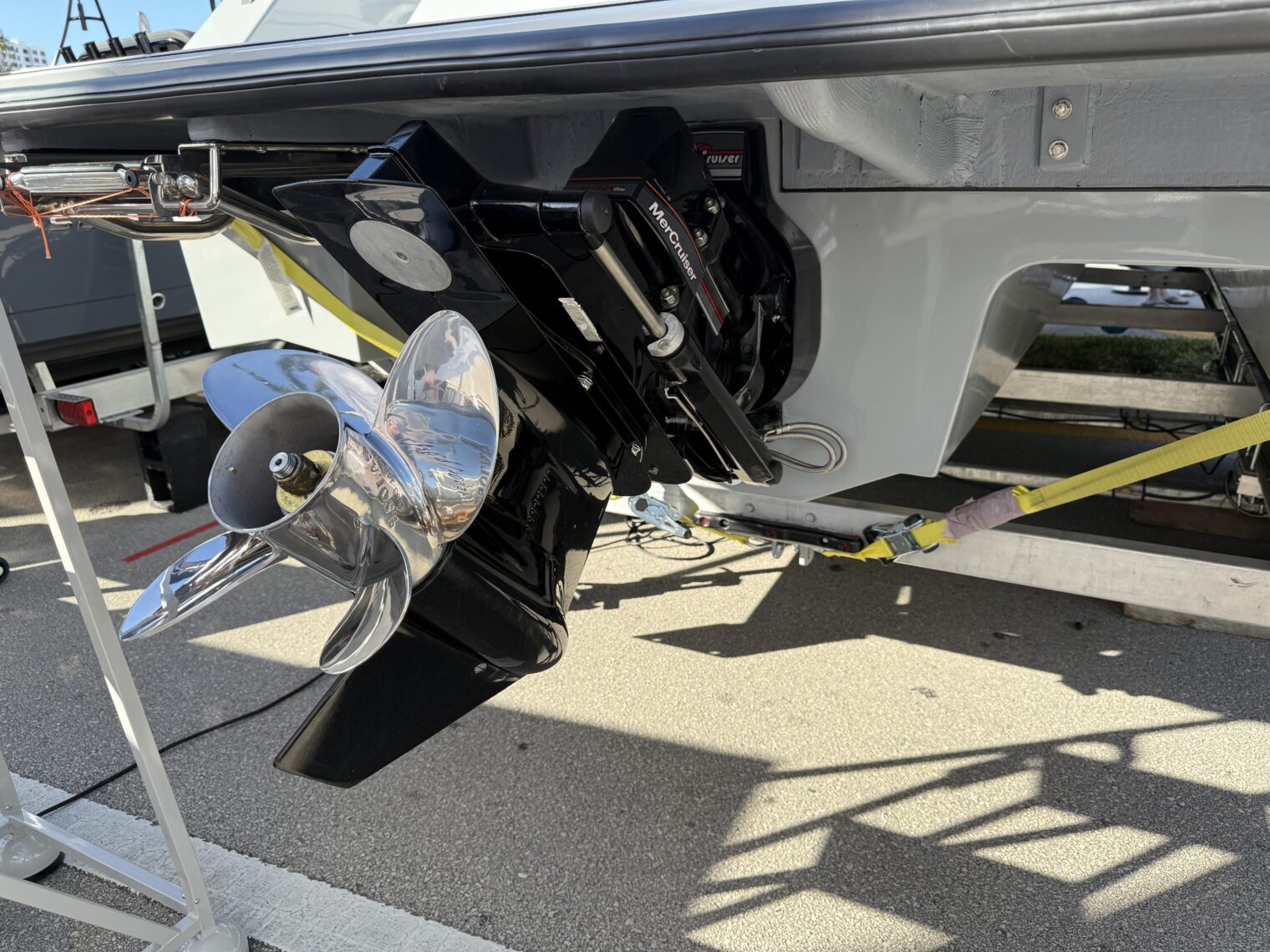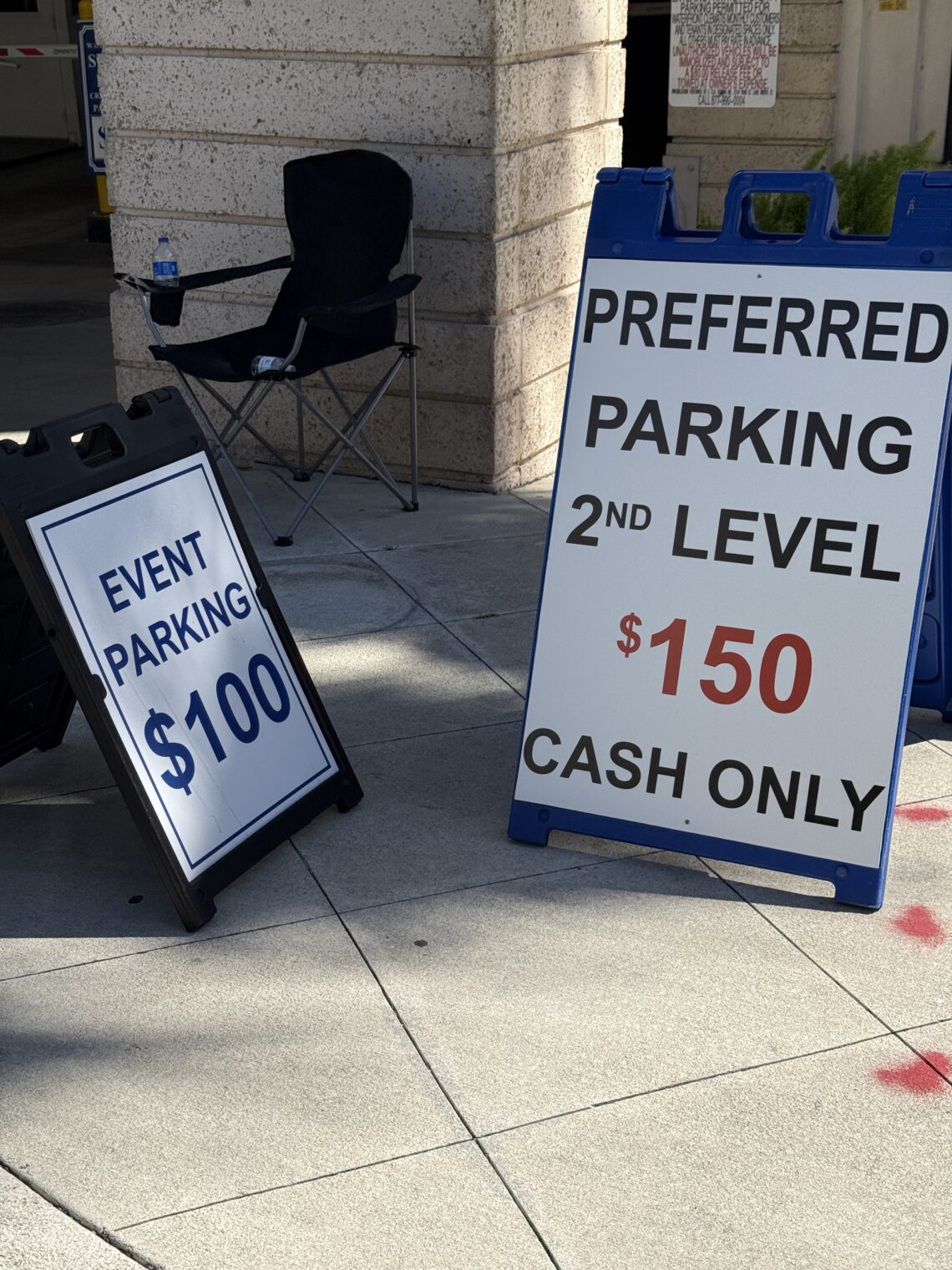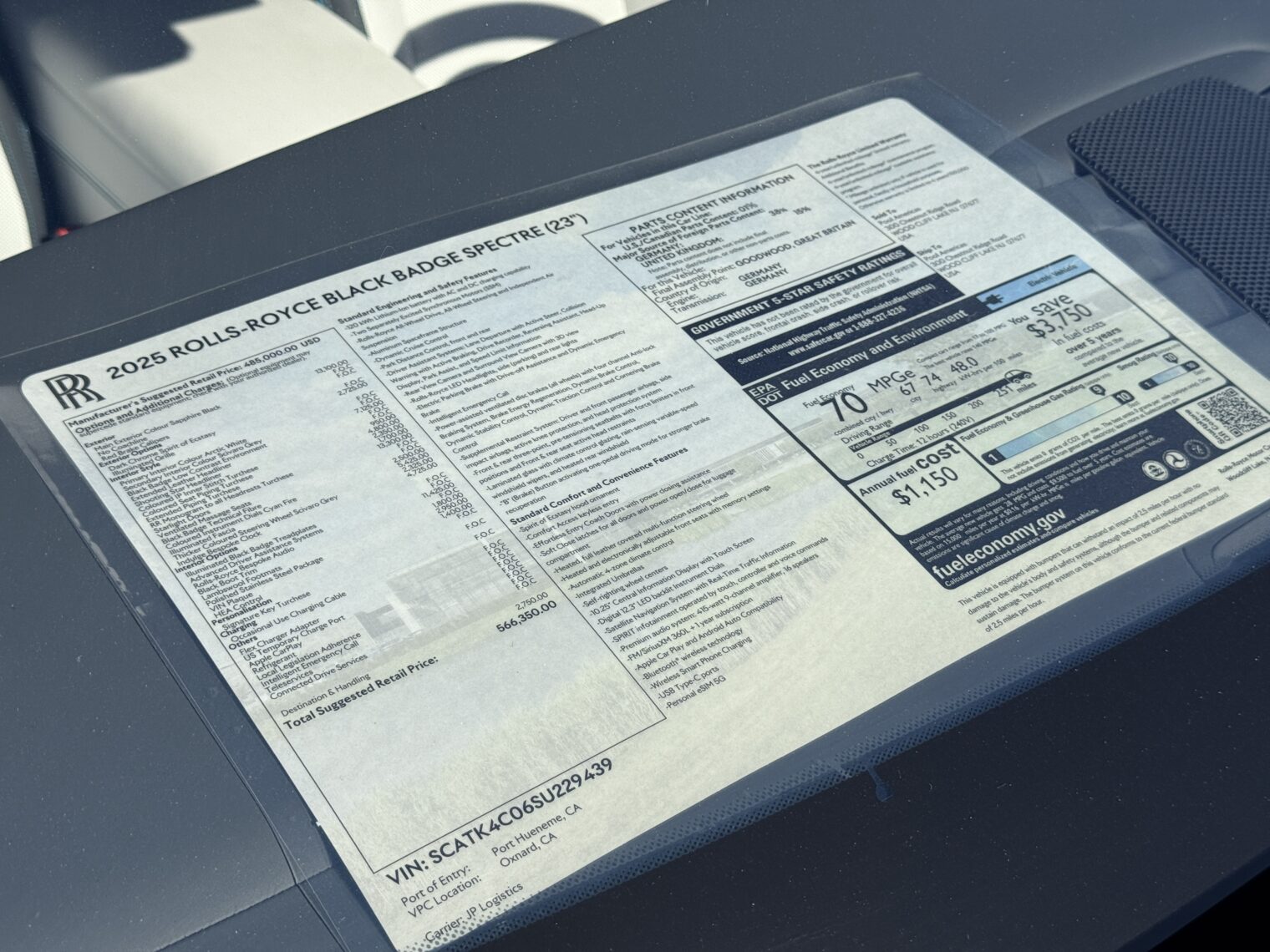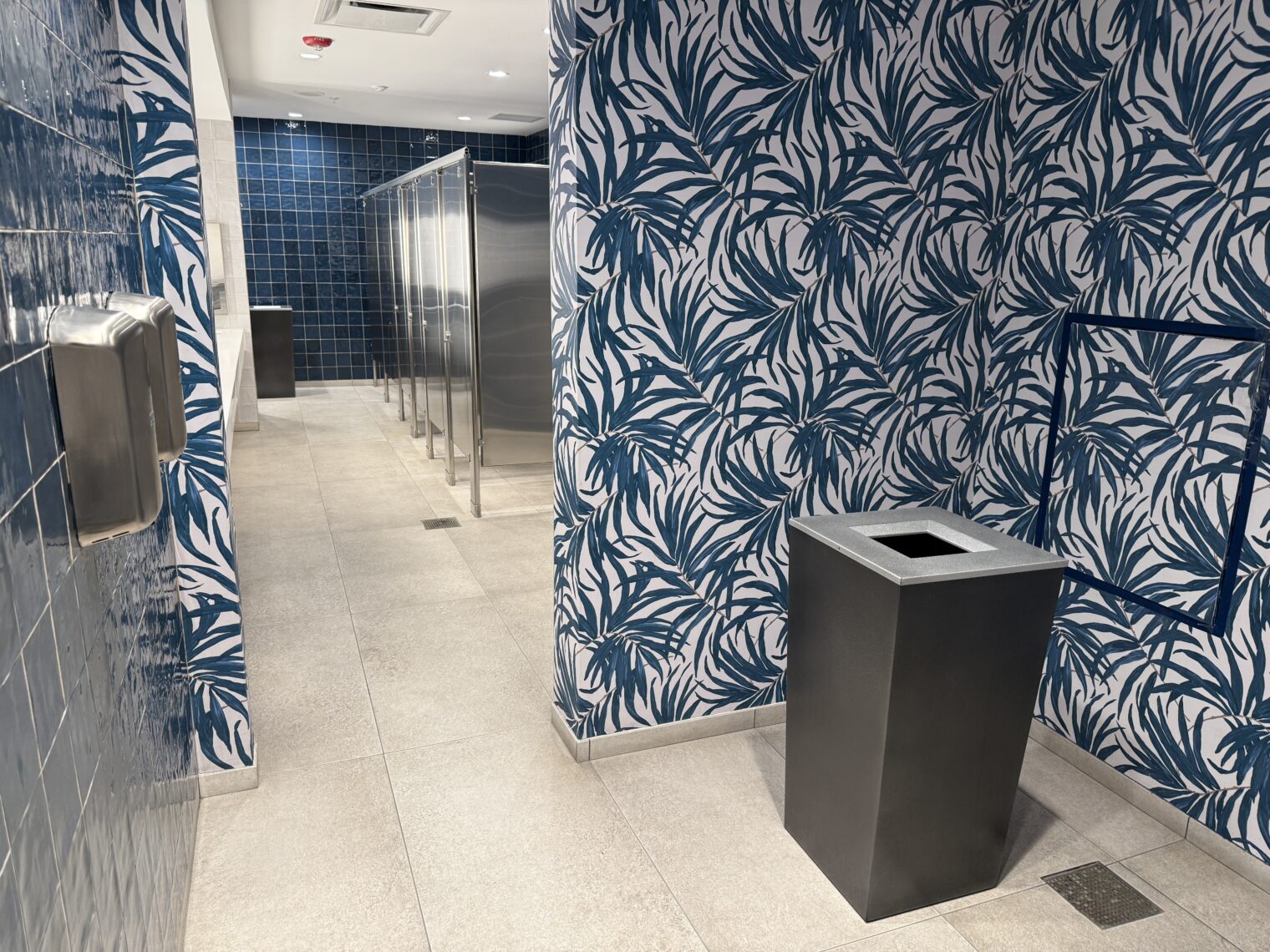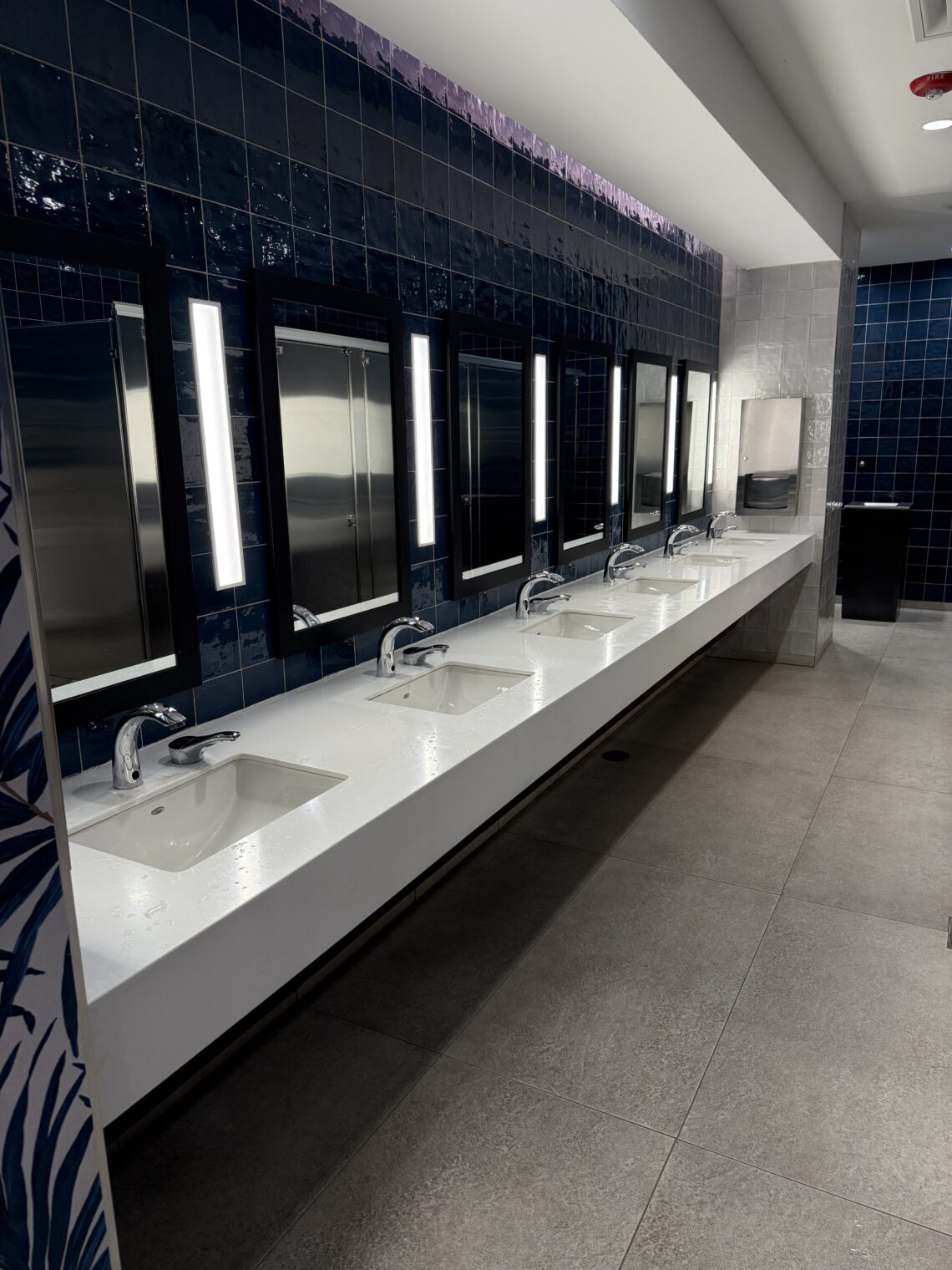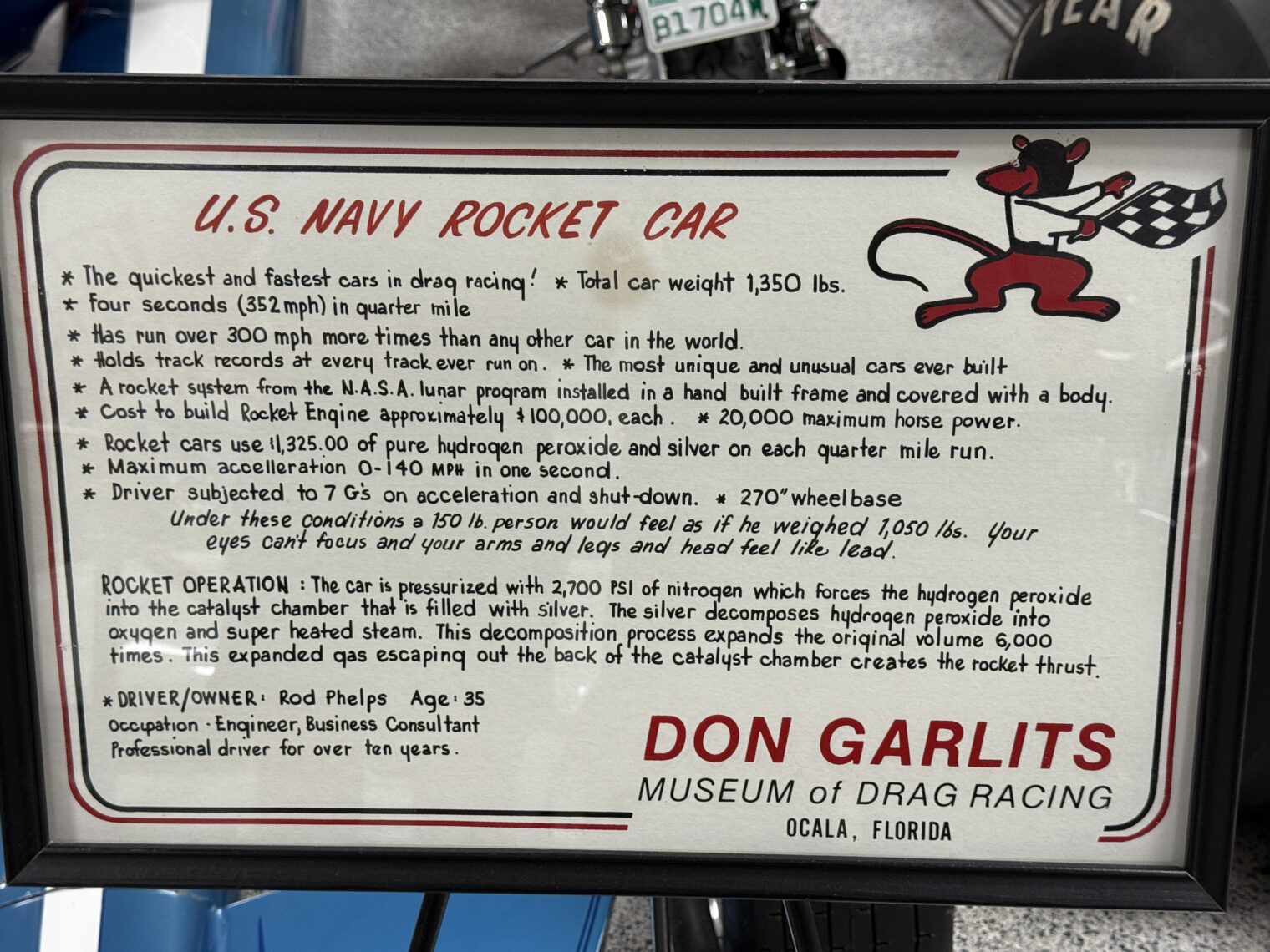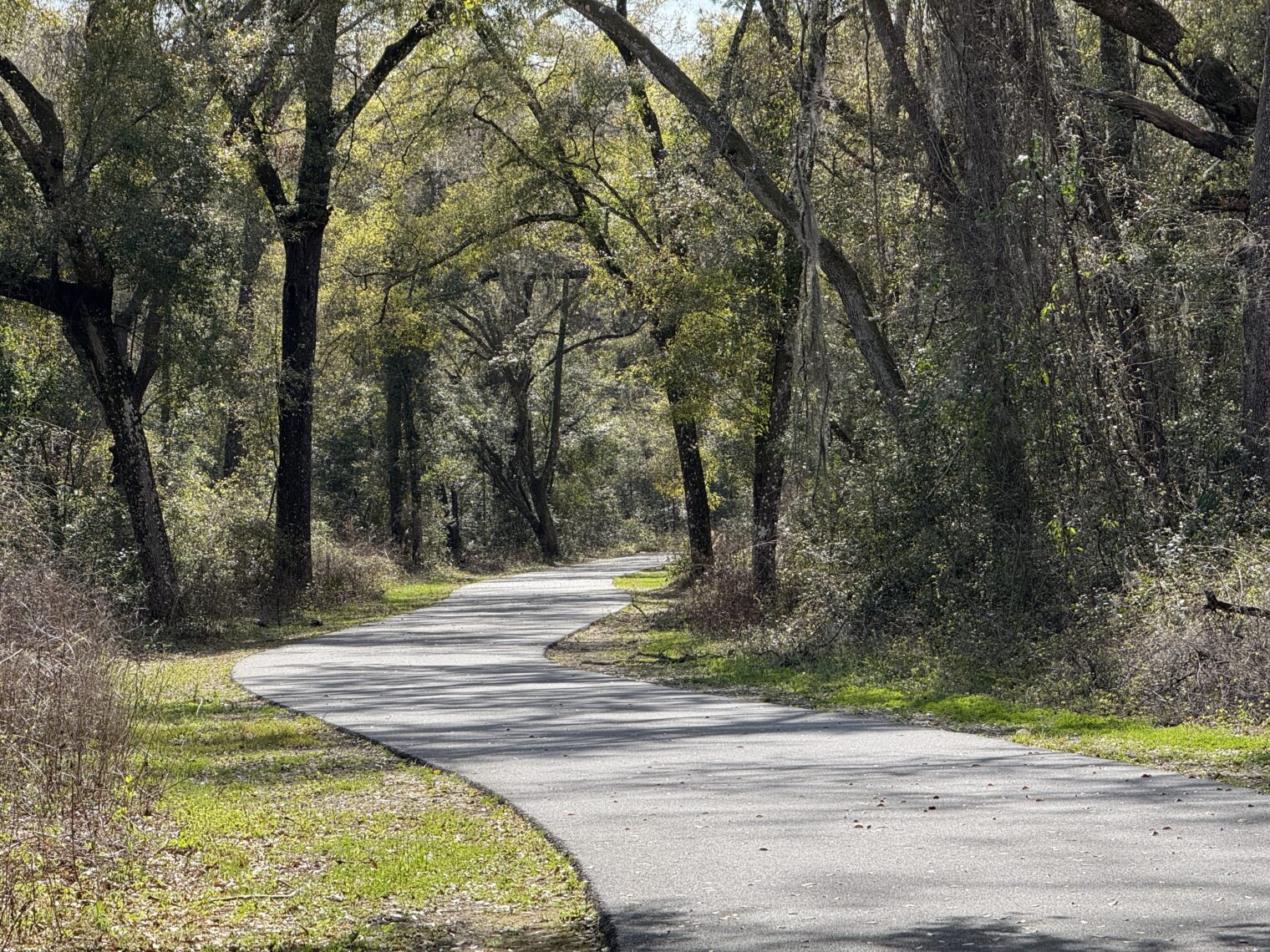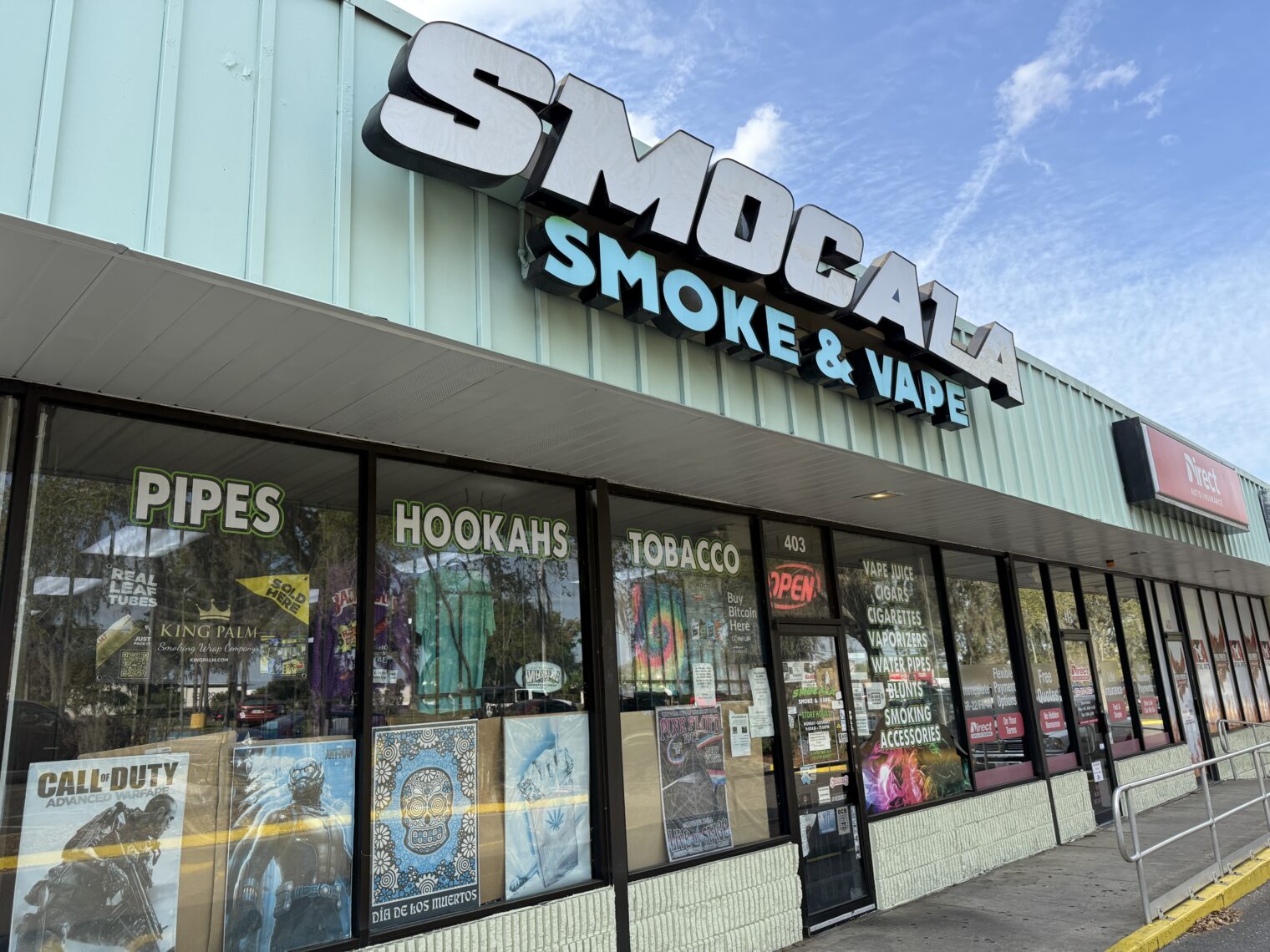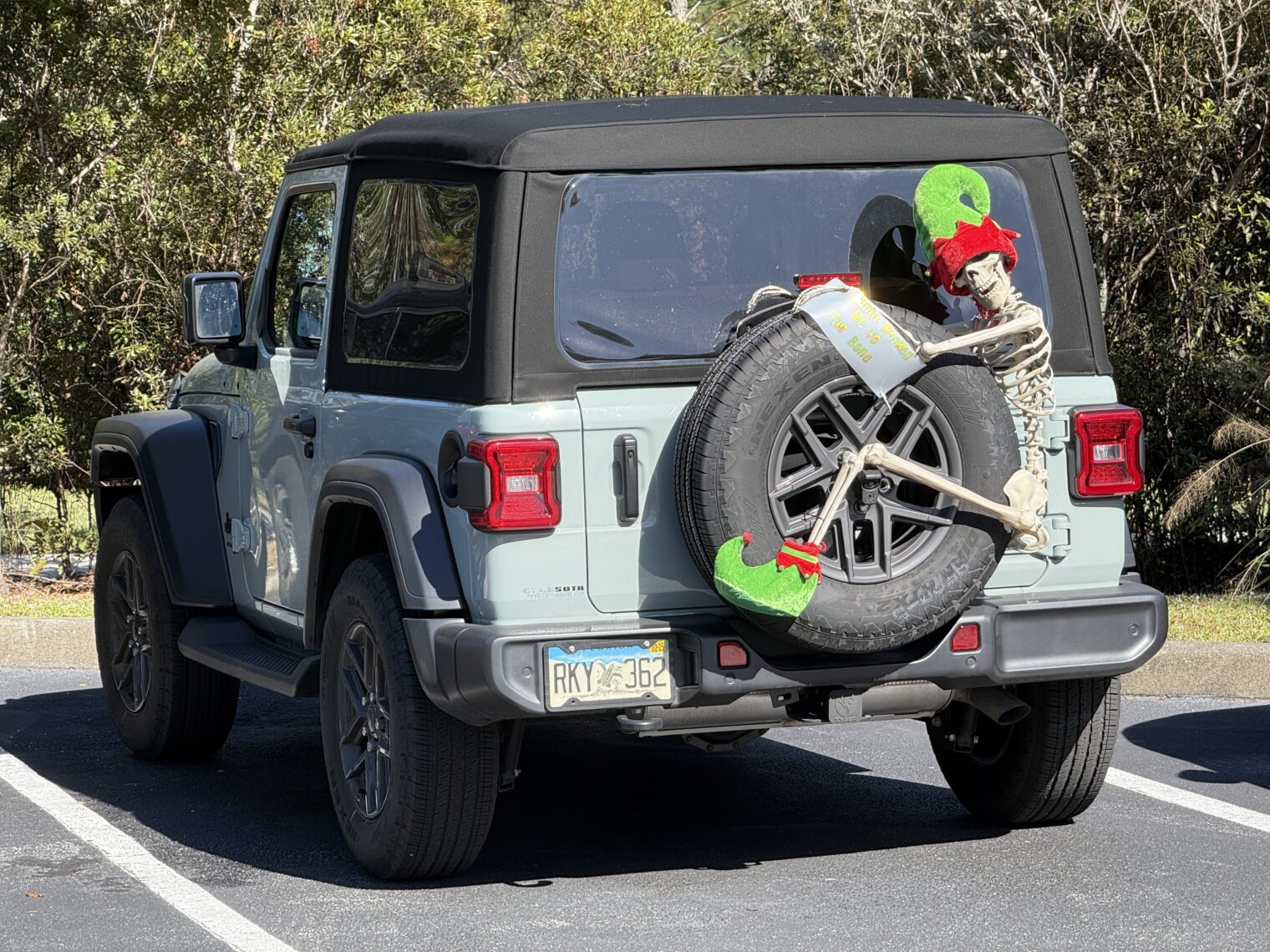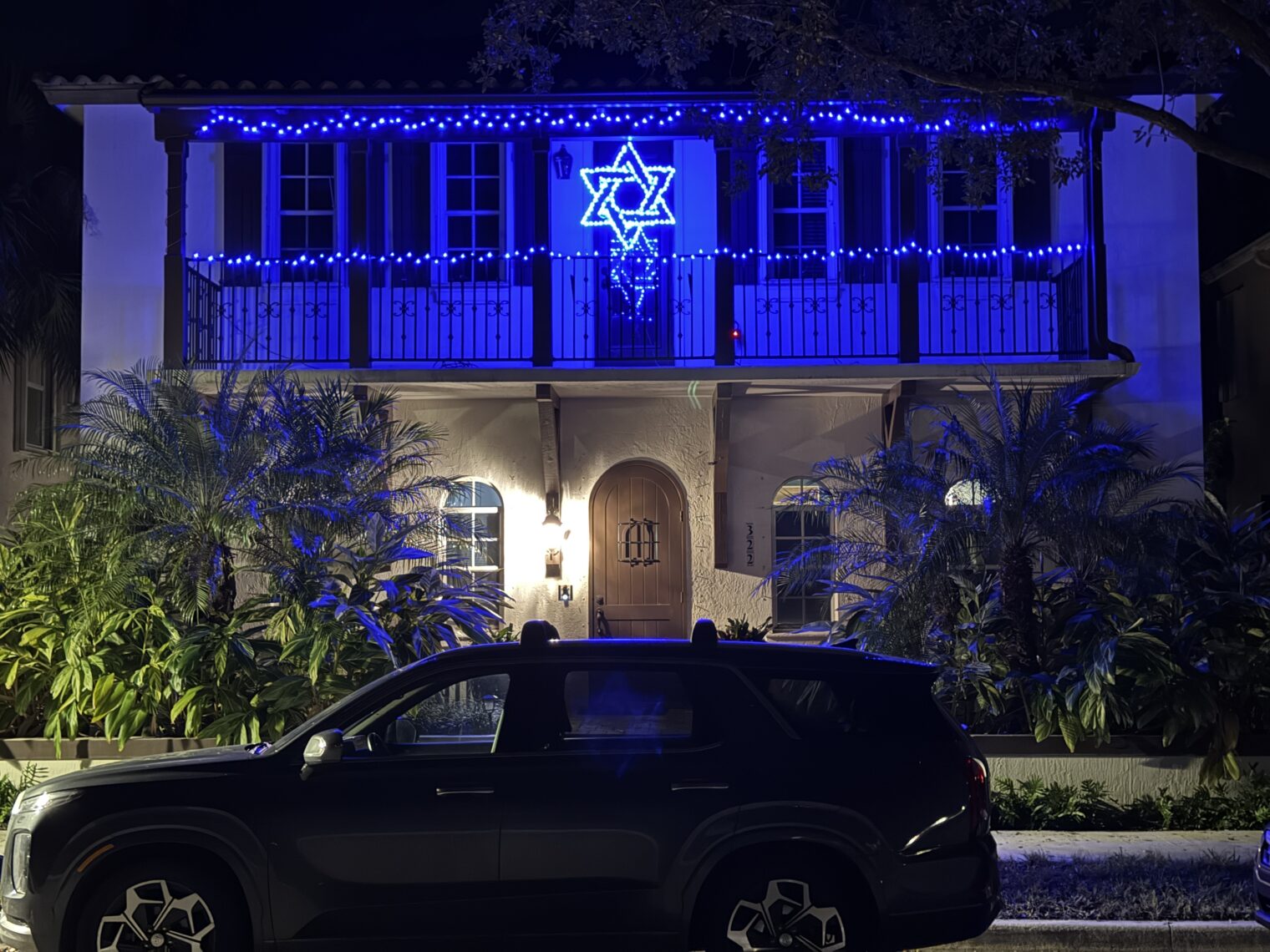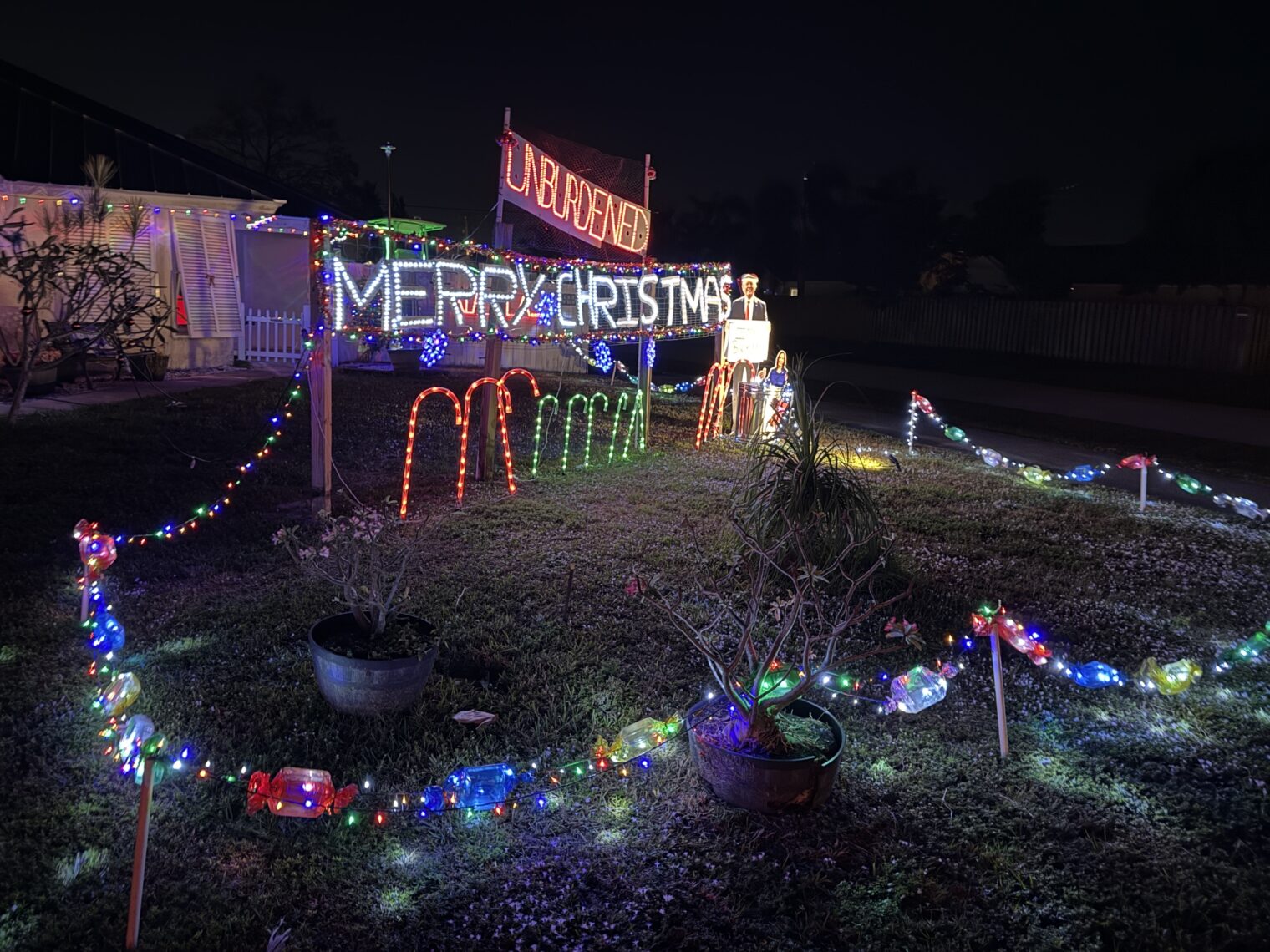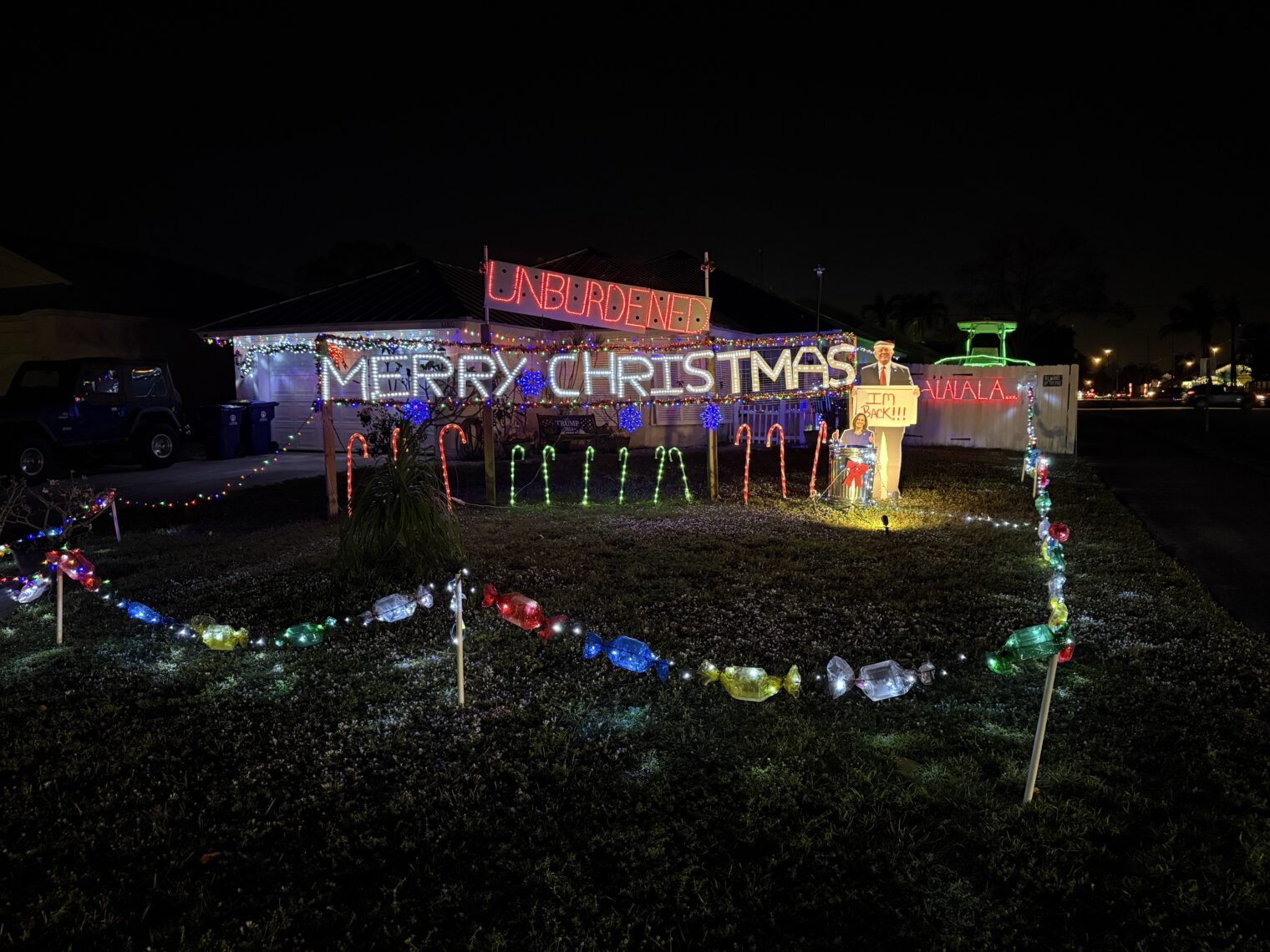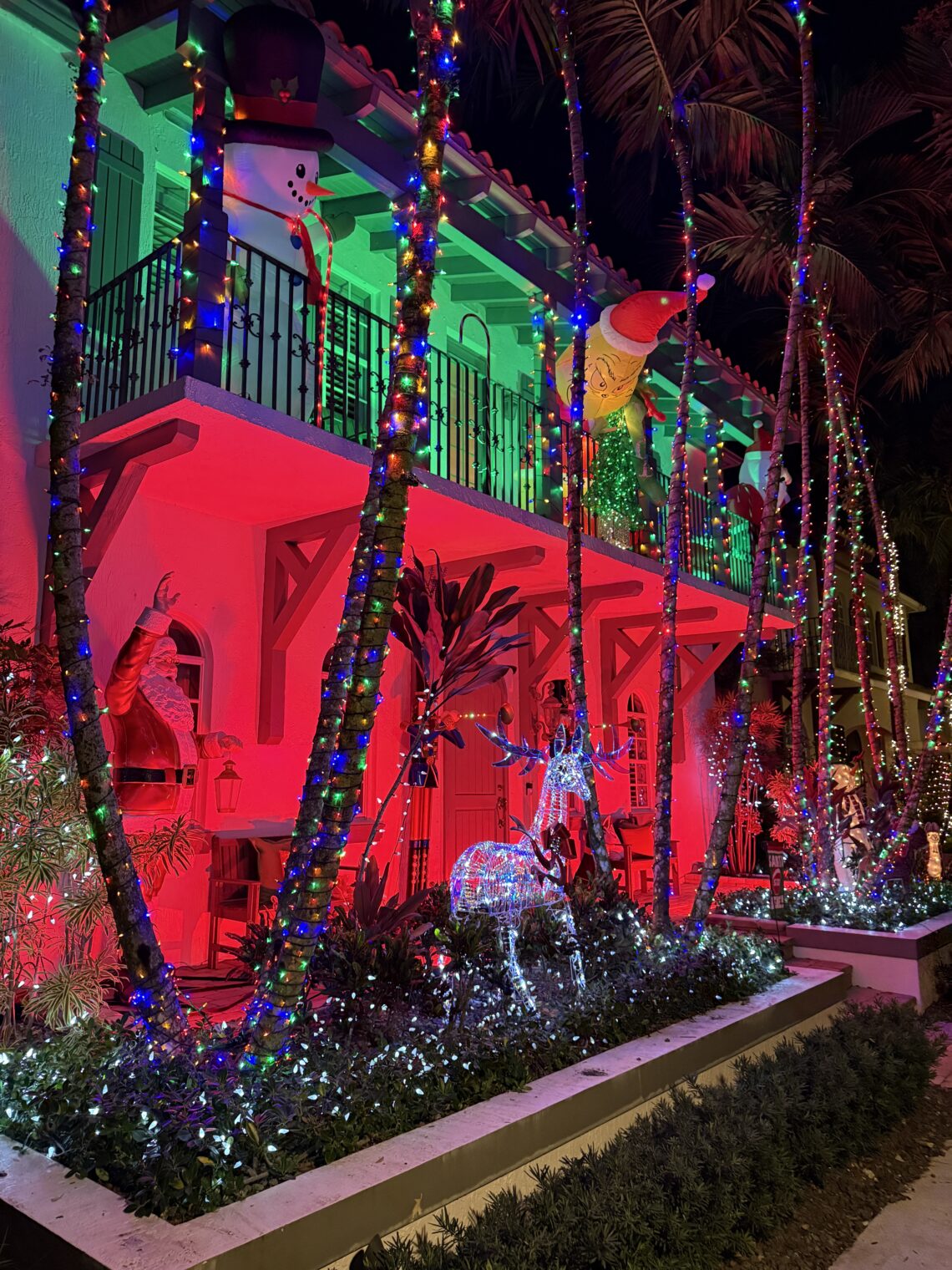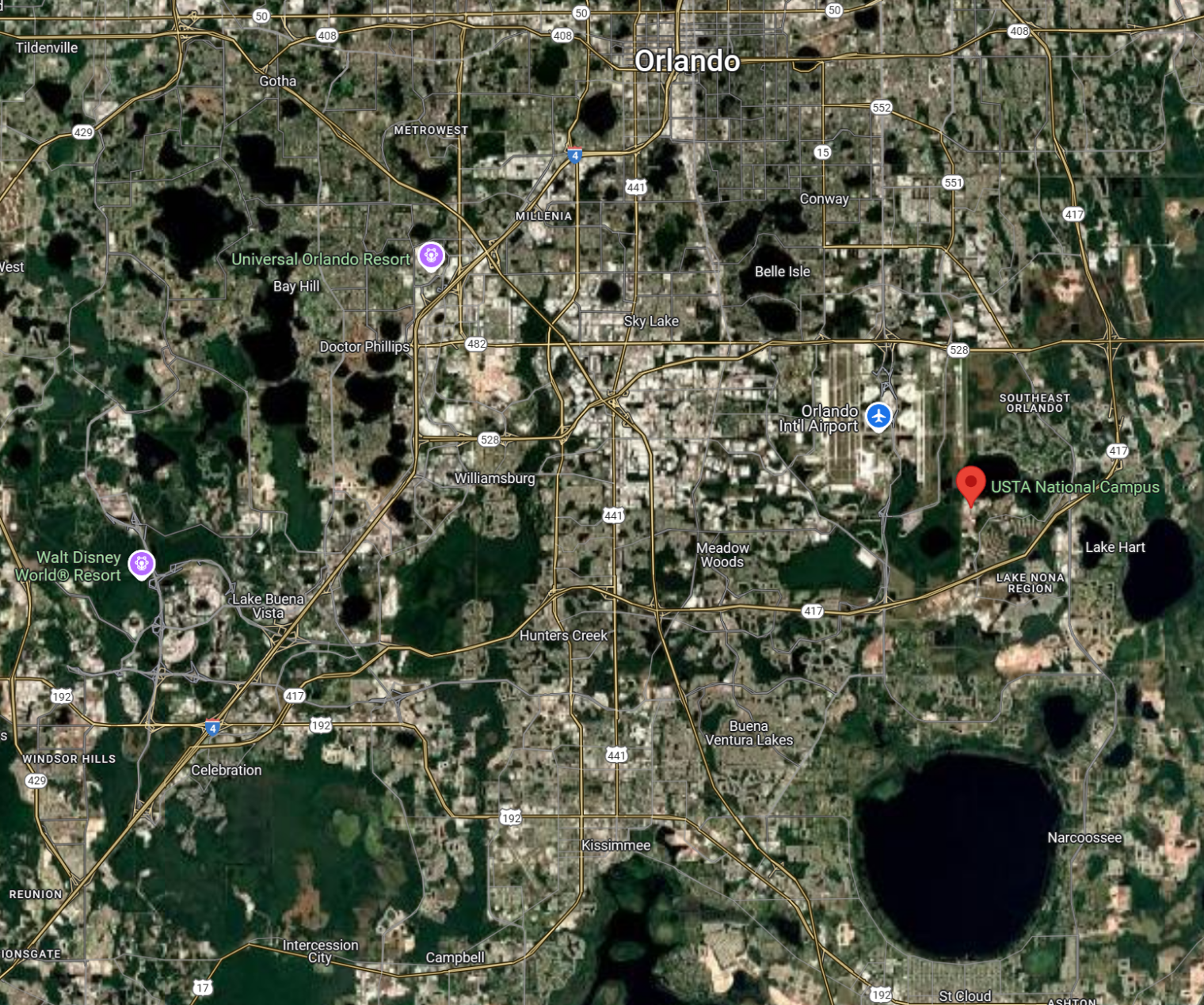A visit to the HOA homeland (Coral Gables, Florida)
Coral Gables, Florida is supposedly the nation’s second planned city, after Washington, D.C., and the model for most subsequent planned communities around the country, including the HOA idea. Bubble in the Sun book: even those with the best information can’t predict a crash gives some background on the early 1920s Florida real estate boom (followed by a spectacular 1926 bust) in which Coral Gables was created.
We took the faithful Honda Odyssey down there for a two-night stay during the Palm Beach County Public Schools spring break (perhaps the first time that the valets at the Loews hotel had seen a minivan; it’s not that I merit staying at any Loews, but the Hiltons and Marriotts nearby were up to nearly the same price).
I’m sad to report that Coral Gables, the jewel of the City Beautiful movement, is not as consistently beautiful as our own MacArthur Foundation-created Abacoa and Jupiter in general. Here are the fundamental issues:
- the commercial roads in and around residential neighborhoods don’t have a landscape buffer between the strip mall parking lots and the road (driving around the main roads of Jupiter, by contrast, one mostly sees trees, grass, flowers, and shrubs because the strip malls are hidden behind 20′-wide green margins)
- no consistent architectural style has been imposed on commercial buildings, many of which are generic modern structures
- no consistent architectural style has been imposed on single-family homes, either; one might see a modern house, a Spanish Colonial Revival house, a Georgian style mini-White House, etc. There aren’t any hurricane-proof standing seam metal roofs, but neither is there a lot of consistency among the tile roofs that are apparently mandated. Some are Spanish-style barrel tile. Some are flat tile. Abacoa has a variety of house styles, but each style is pinned to one neighborhood within the larger development.
- powerlines are often above ground, unlike in newer Florida developments
- there aren’t alleys behind the houses to hide the garages so a lot of houses “meet the street” with a big ugly garage door. Even worse, the number of cars per household is far larger than architects of the 1920s-1960s expected and the result is the landscape becomes littered with cars (maybe this will be remedied when robotaxis are everywhere and people cut back on individual car ownership)
- quite a few streets have sidewalks on only one side
All of the above said, Coral Gables is plainly a fabulous place to live. The downtown is jammed with lively high-quality restaurants. As I texted to a friend, “It’s like Manhattan, but without the homeless, trash, Tesla torchings, and pro-Hamas demonstrations.” What can a city do when it doesn’t have to deal with the foregoing? Offer a free Uber-style service to anyone interested. While New Yorkers push each other onto the train tracks, people in Coral Gables go door to door in Tesla Xs:
What does it look like downtown?
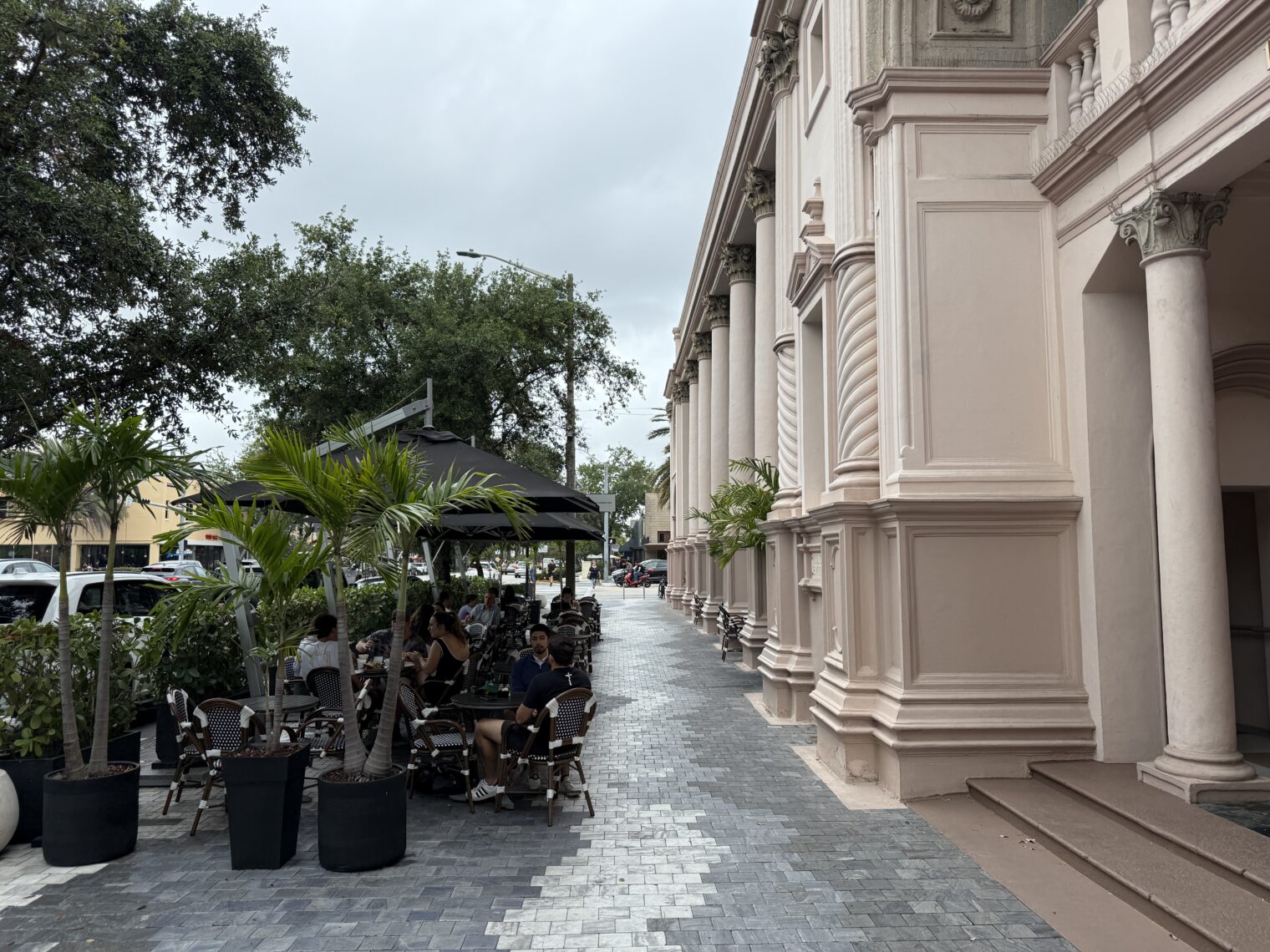
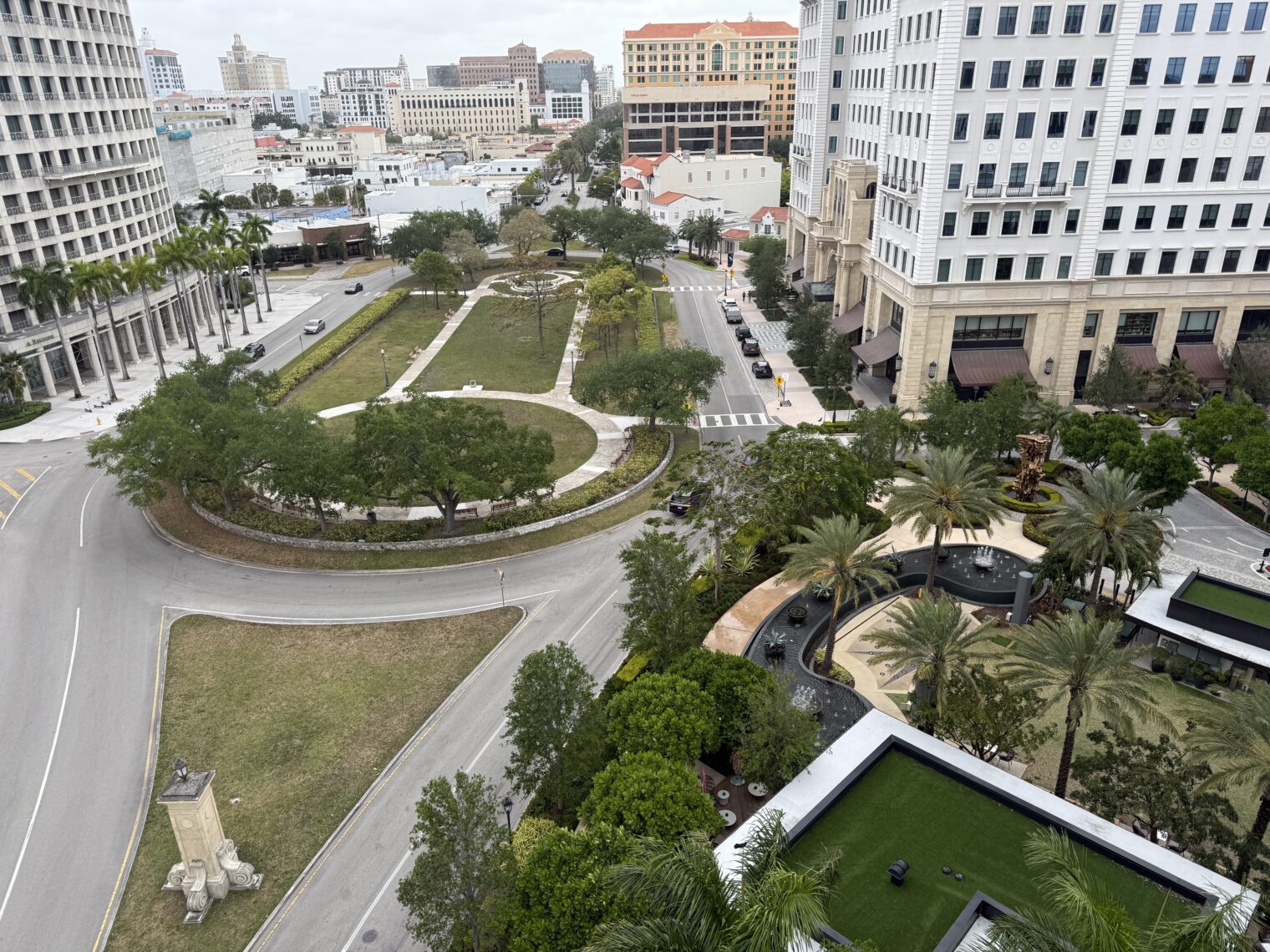
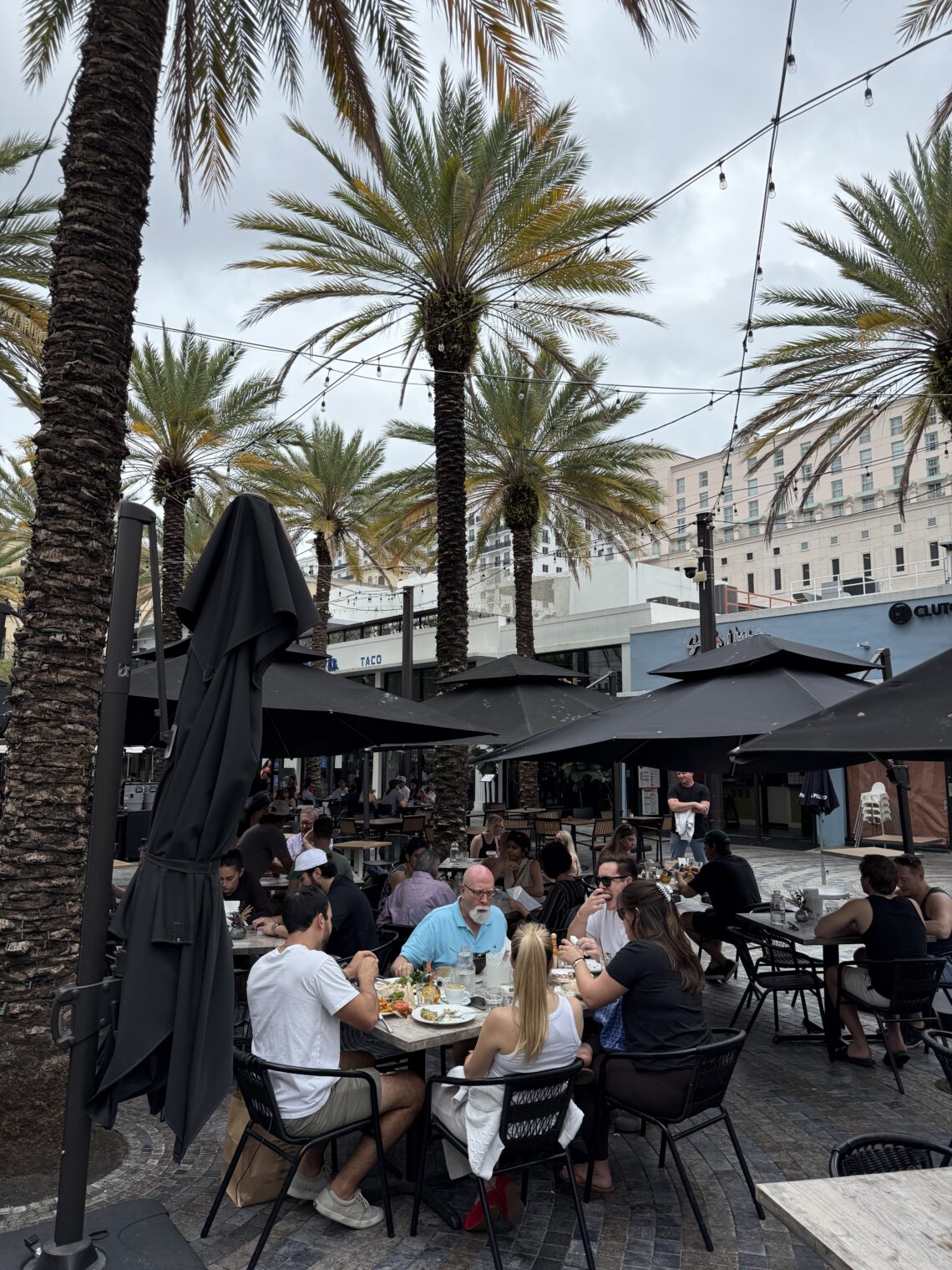
You can’t spit in the street without hitting a Ferrari, Lamborghini, or G-Wagen (“the new Corolla”):

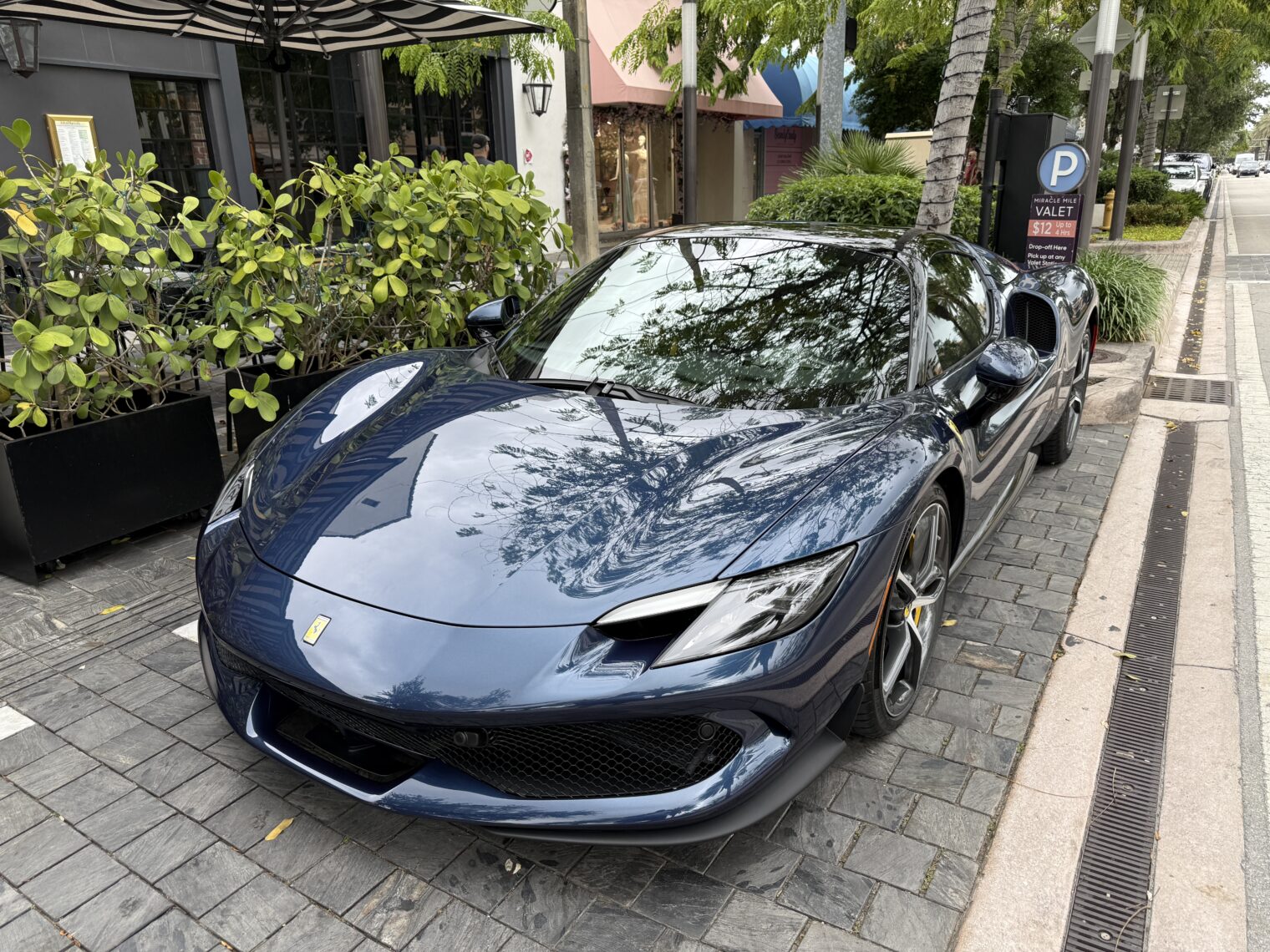
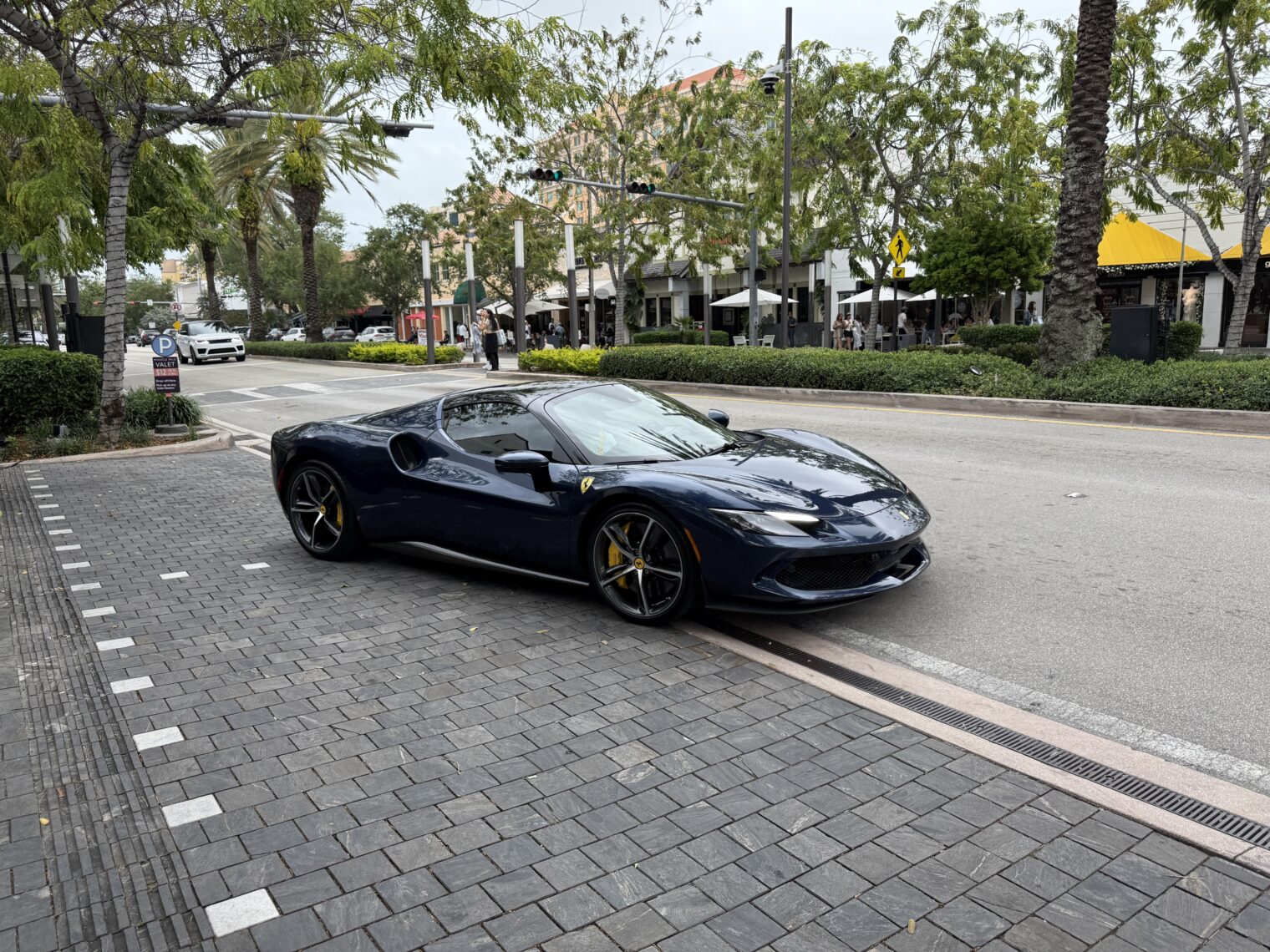

There are quite a few high-end kitchen shops, which is confusing because there is no way that the restaurants could survive if anyone actually uses the $300,000 dream kitchens.
Eataly is opening soon in Aventura (north side of Miami) and West Palm Beach. A competitor is being put together in Coral Gables, which is mostly interesting because it illustrates planning fallacy (“coming soon 2024” displayed on March 29, 2025):
Here are some residential streets close to downtown. A modest house here is $1-2 million.
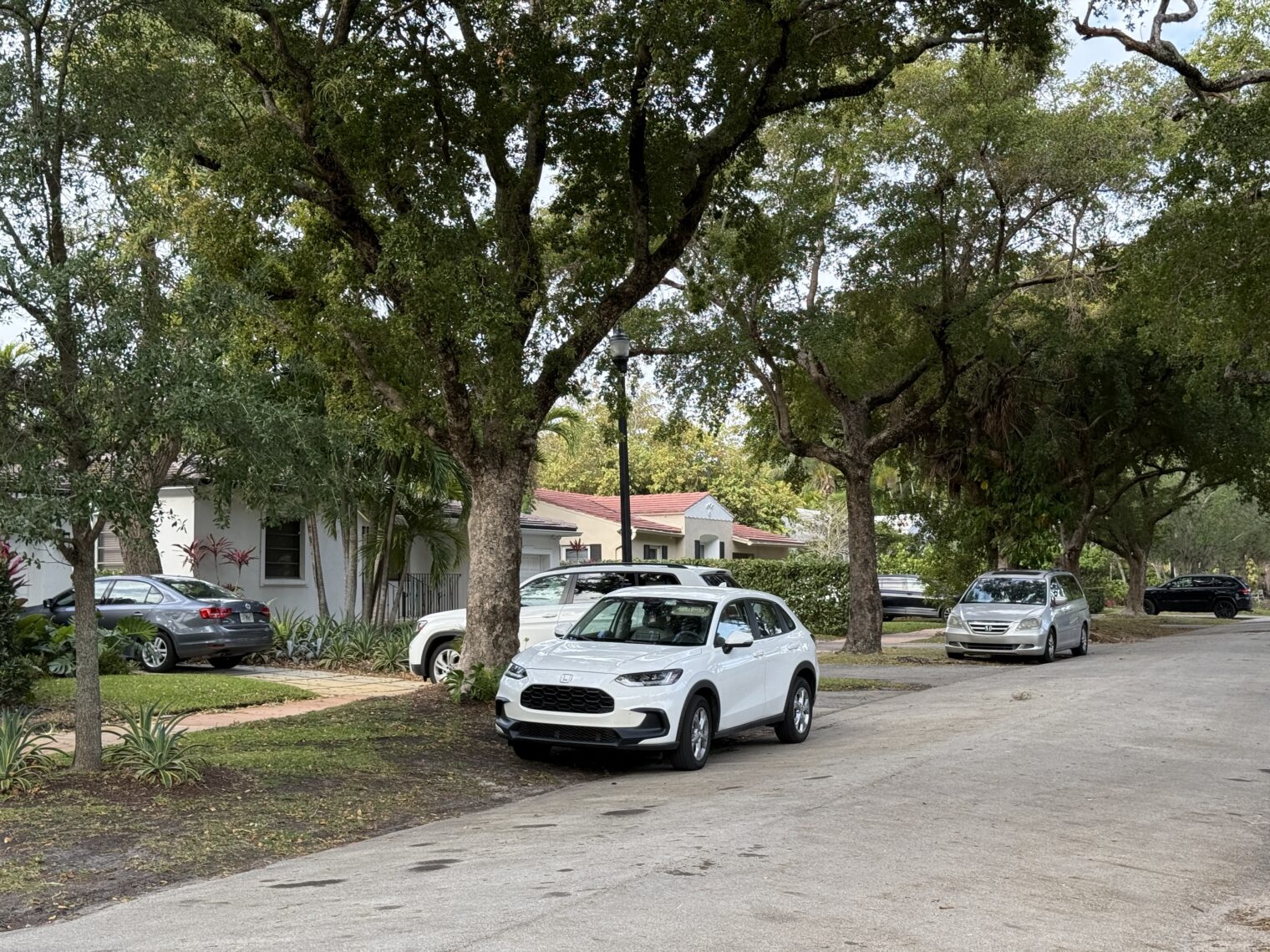
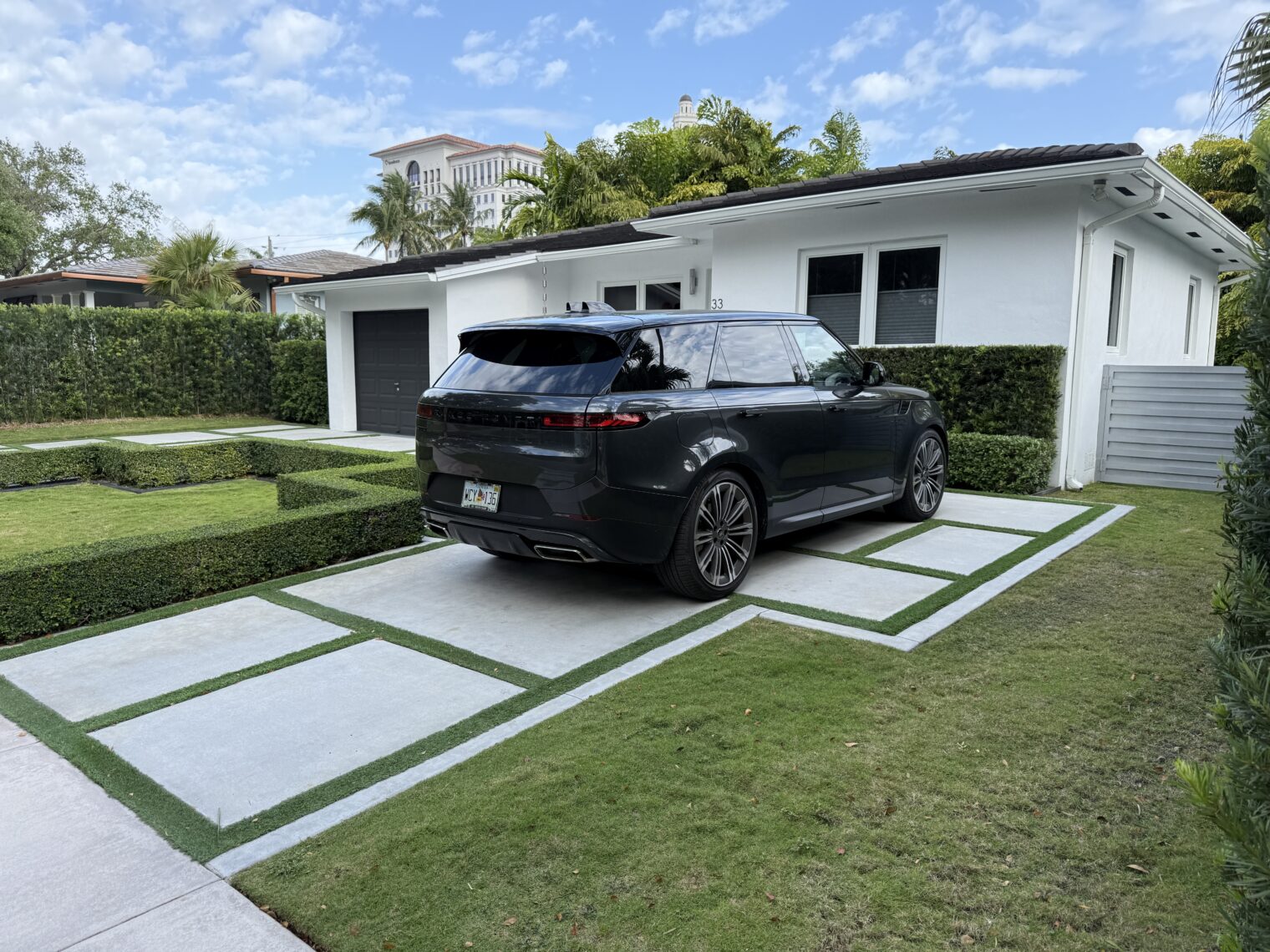

Saturday night:
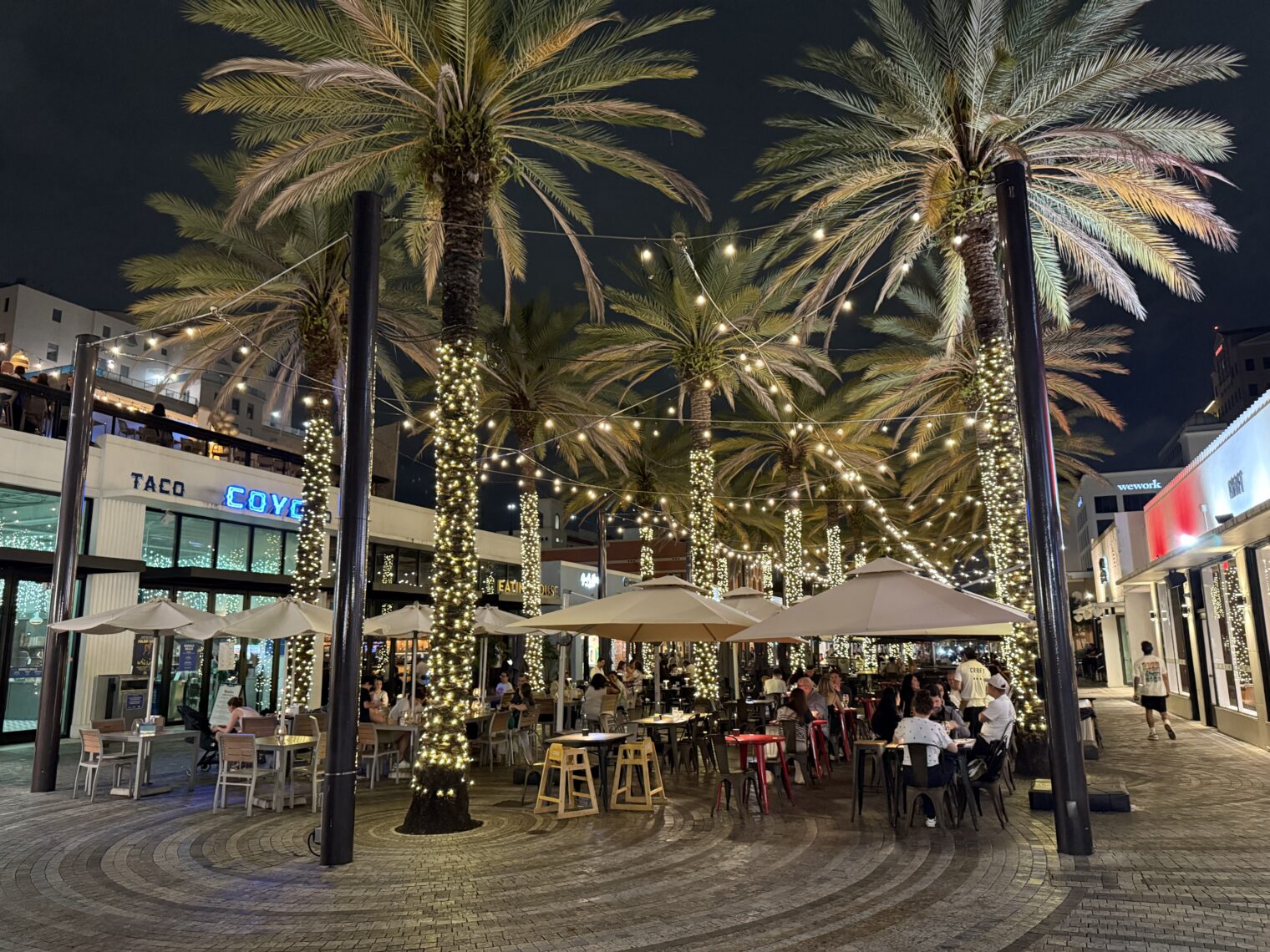
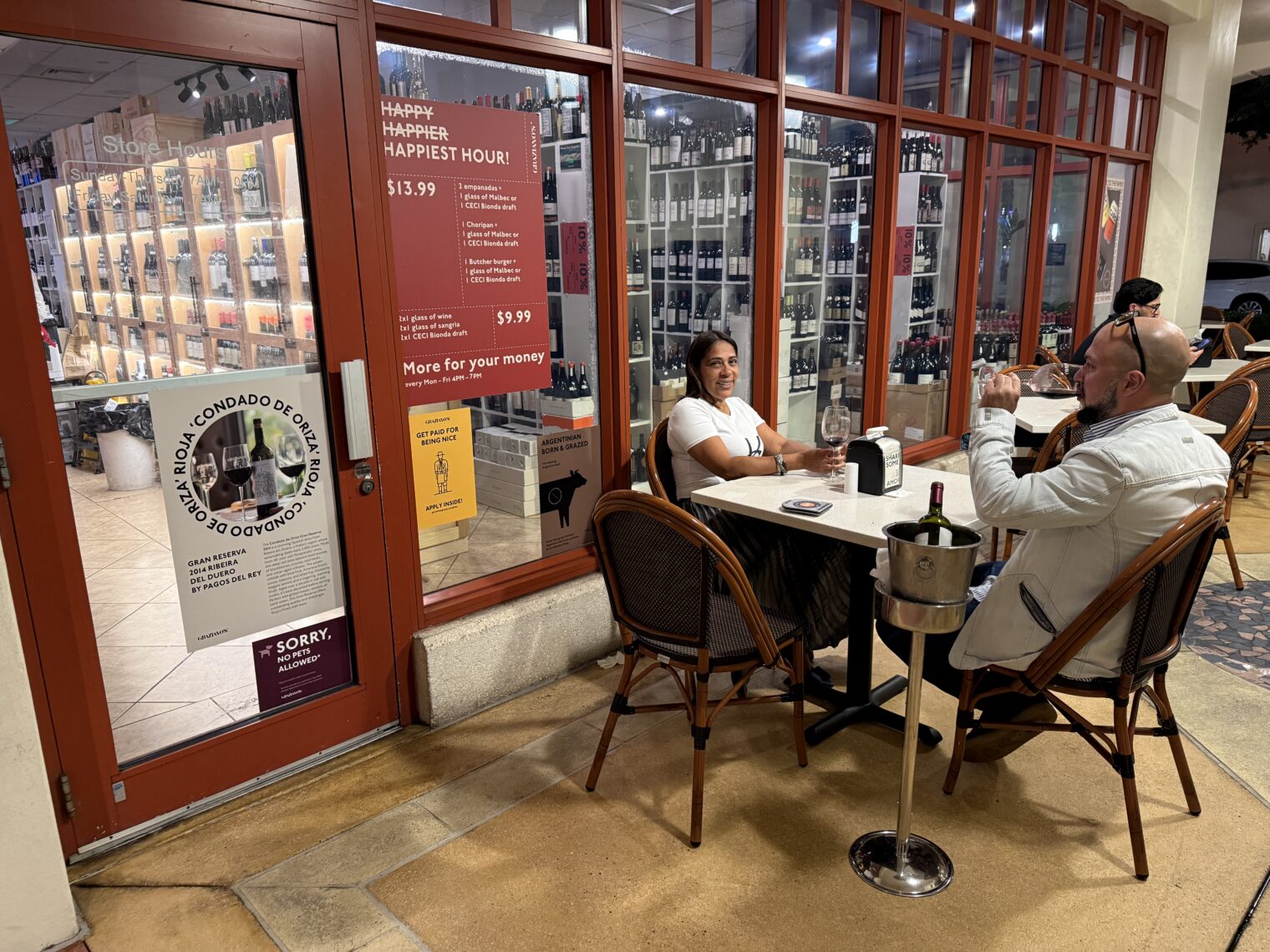
Other than “people who can afford $1-20 million for a condo or house” what kind of people are out and about? Roughly half of the conversations that we overheard were in Spanish. We saw exactly one group of people wearing hijabs. Compared to a wealthy area in highly segregated Maskachusetts there were a lot more Black people.
The Coral Gables Museum is a worthwhile stop for some history of George Merrick’s achievement.
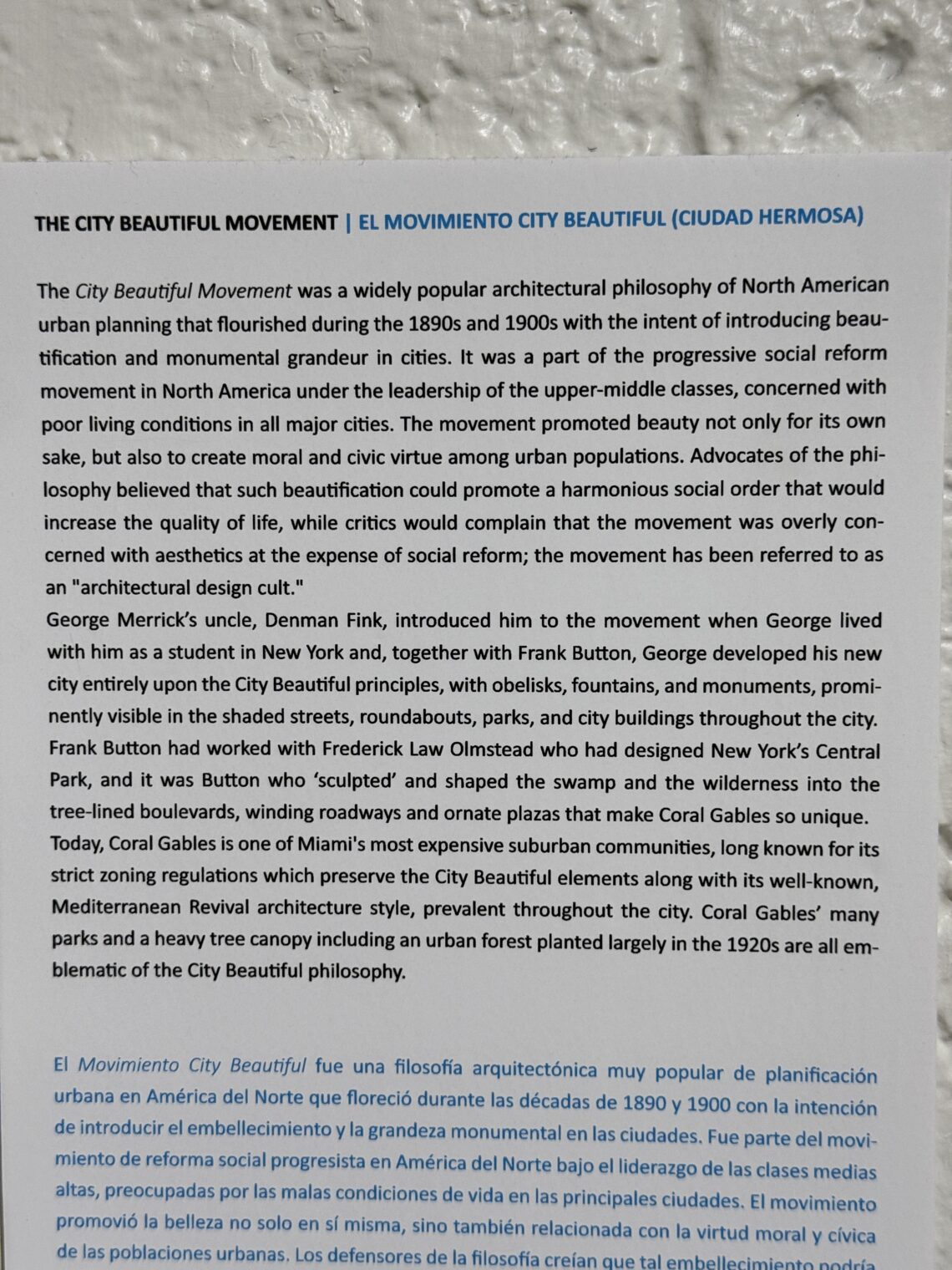
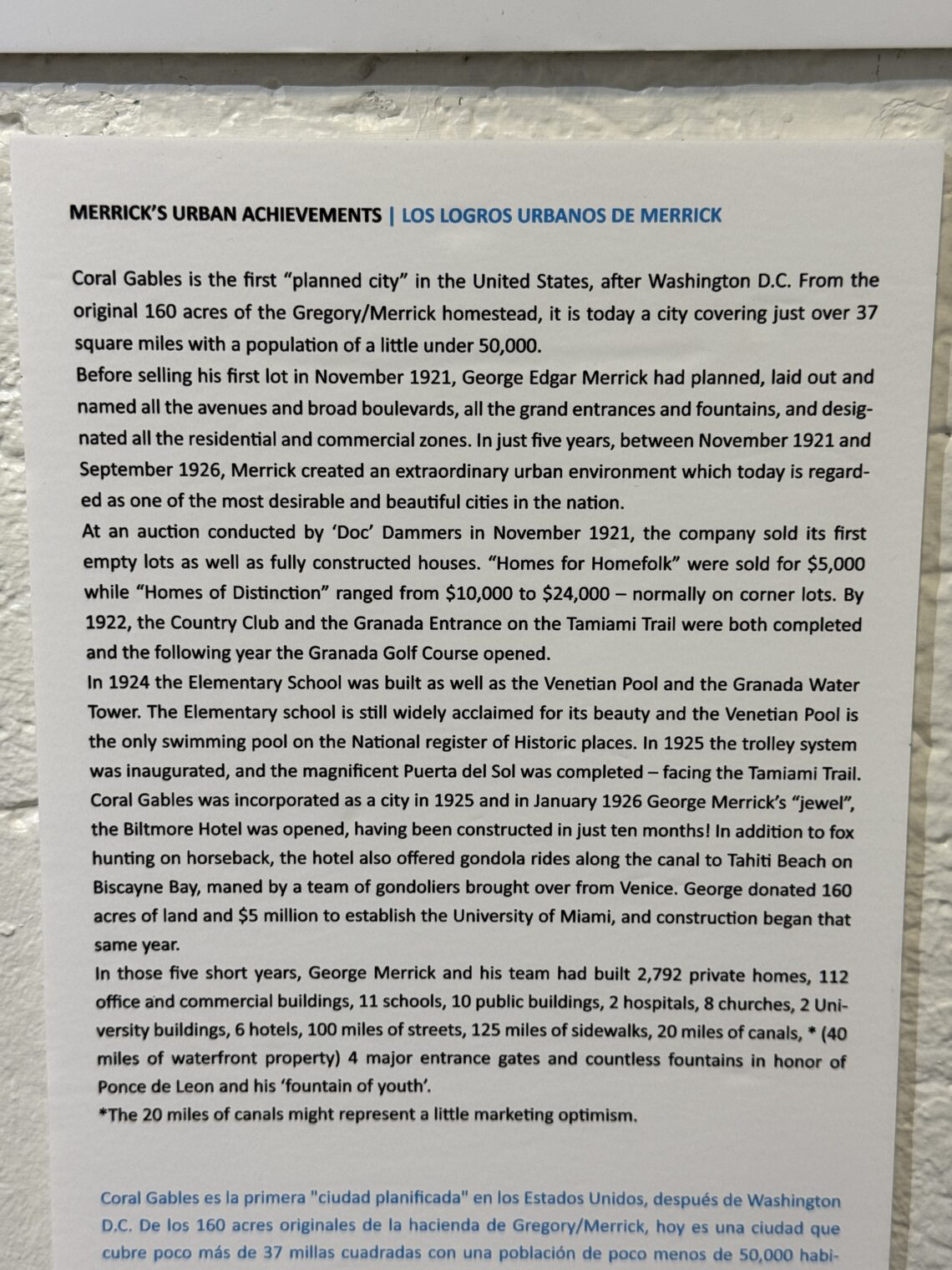
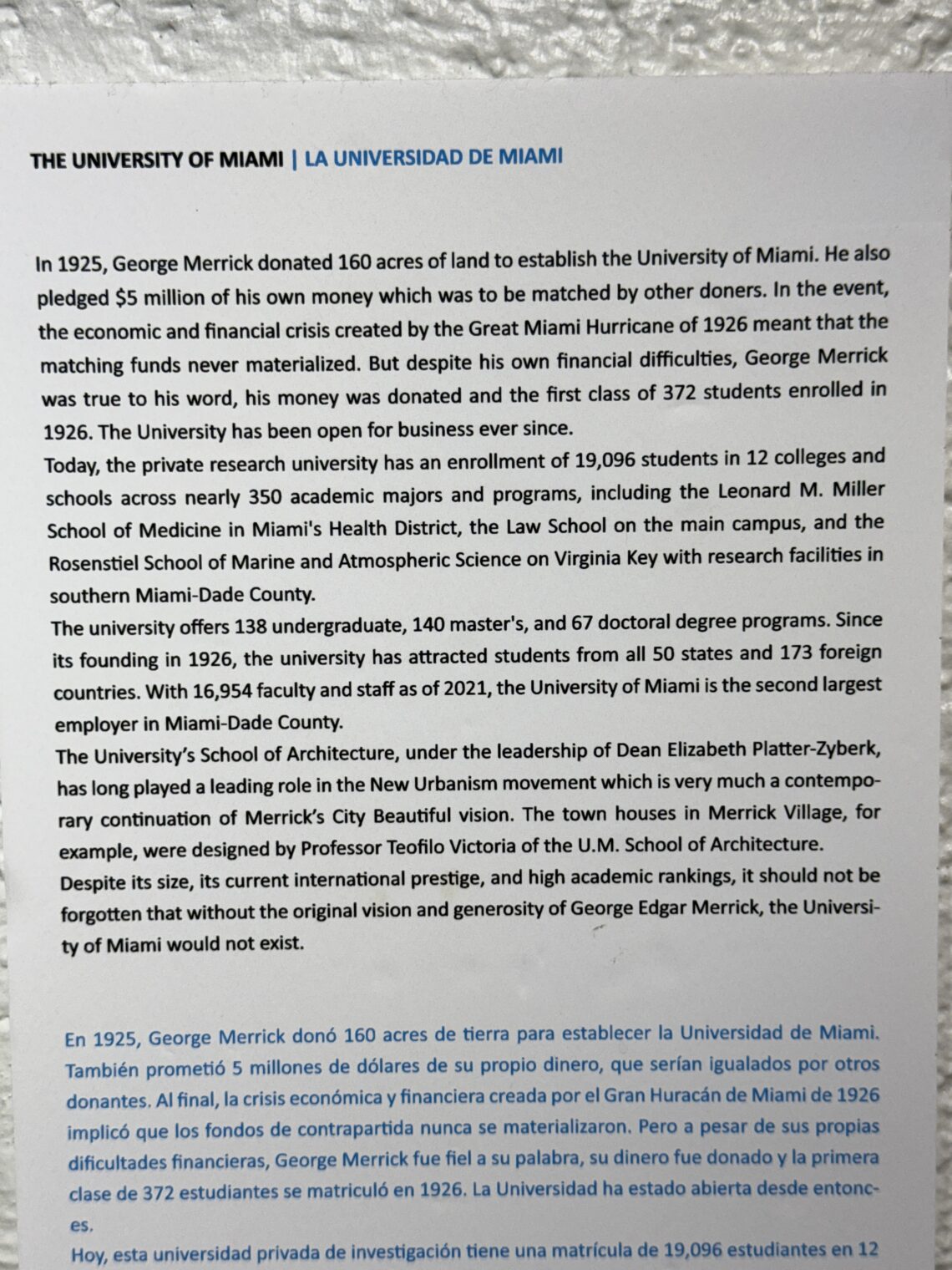
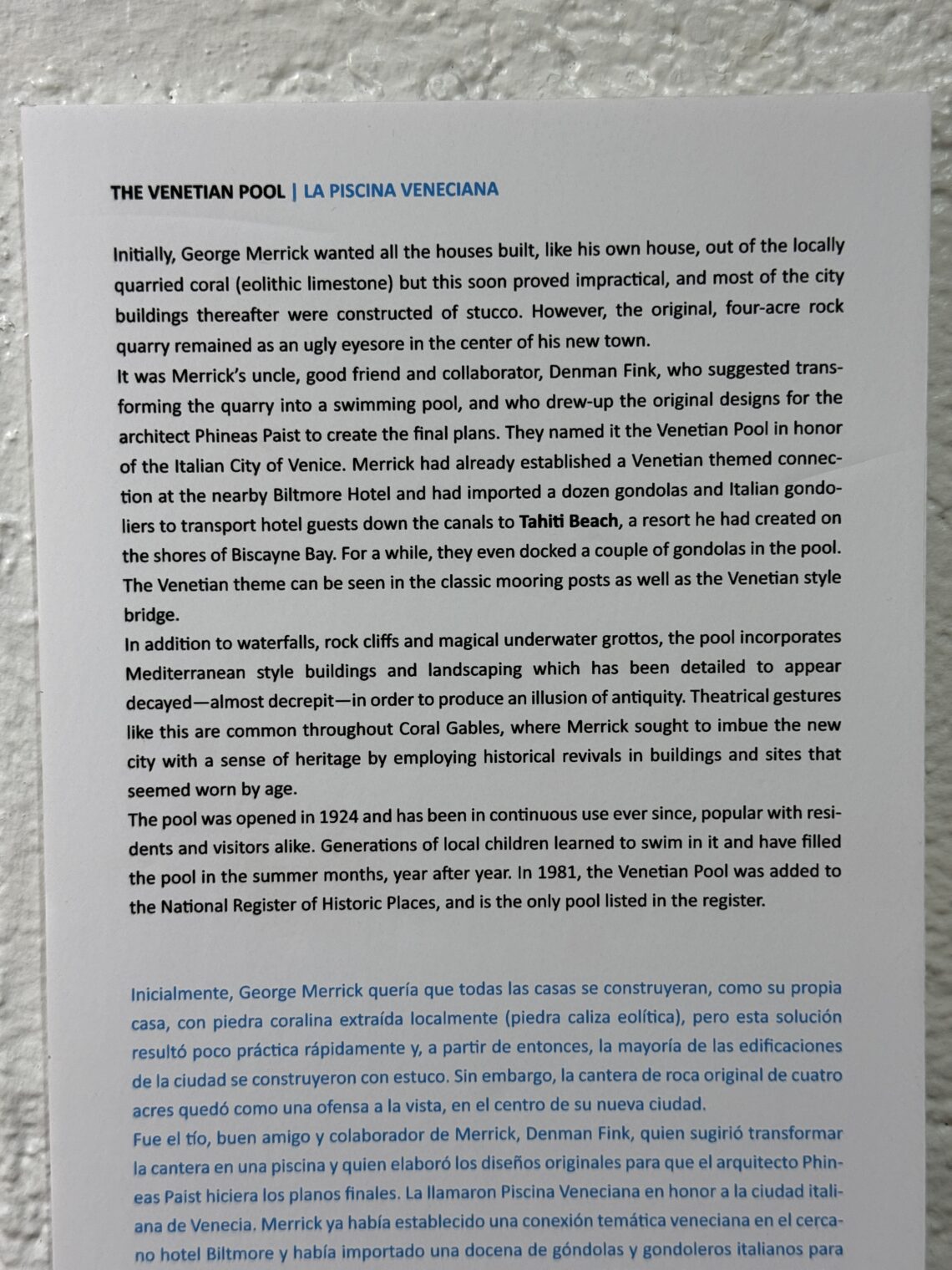
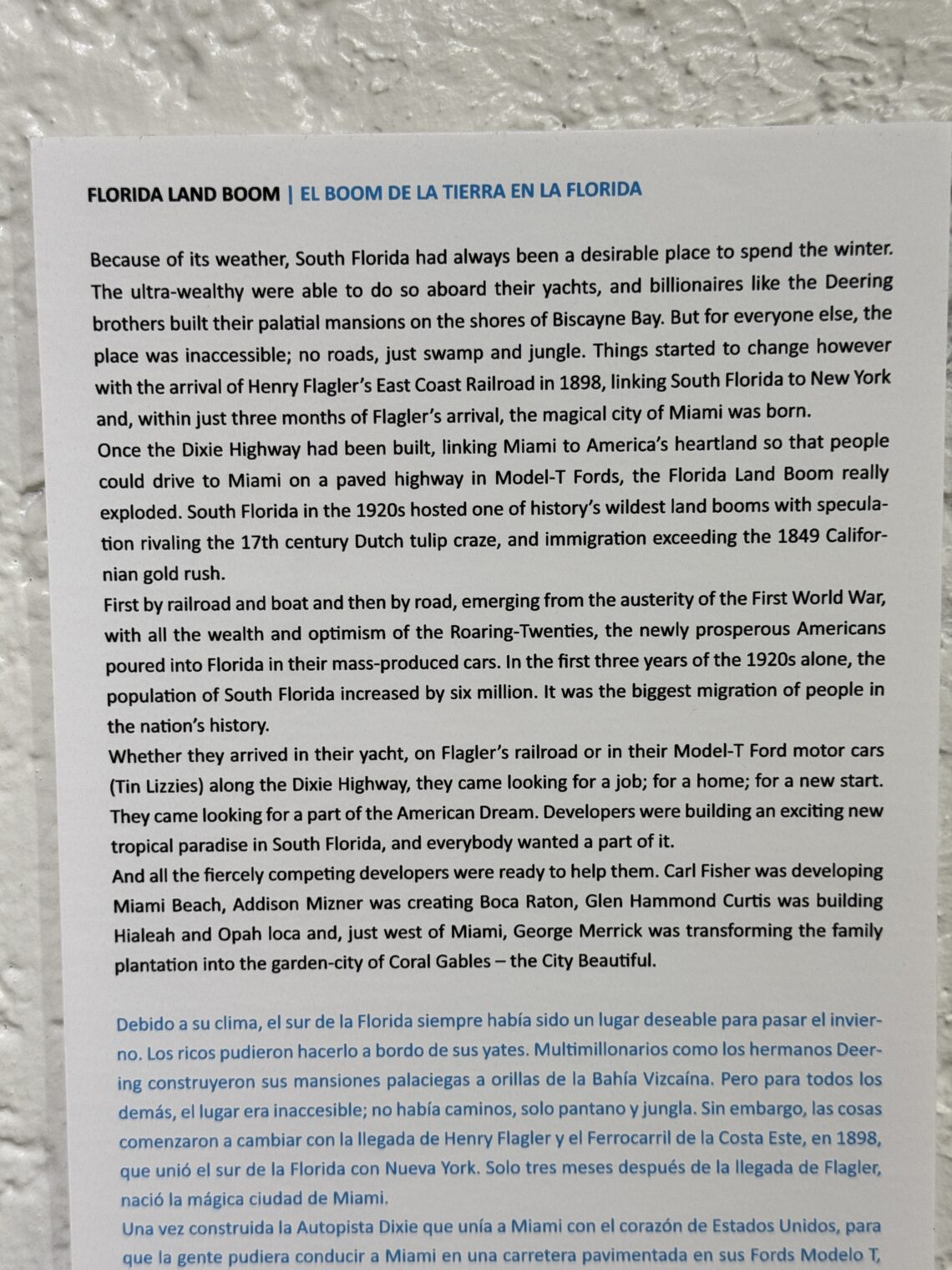
Here’s a 1925 map:
Merrick dreamt on a vast scale, almost unimaginable to an American today (except maybe Elon Musk?). To the extent that Coral Gables today doesn’t match his 100-year-old vision it is mostly because he was too successful. Miami, population 30,000 in 1920, grew so large and wealthy that it didn’t make economic sense to build low-rise buildings in central Coral Gables.
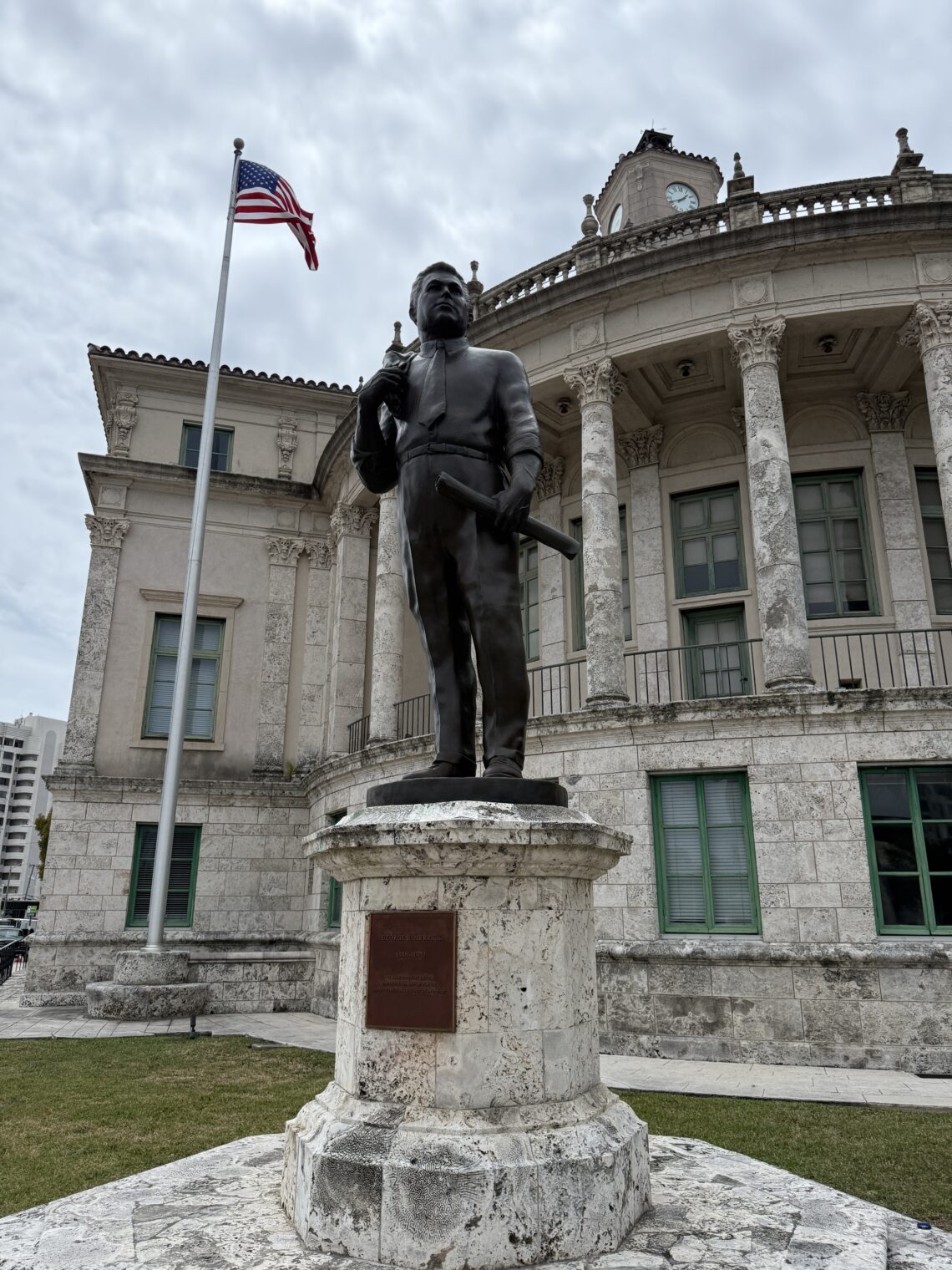
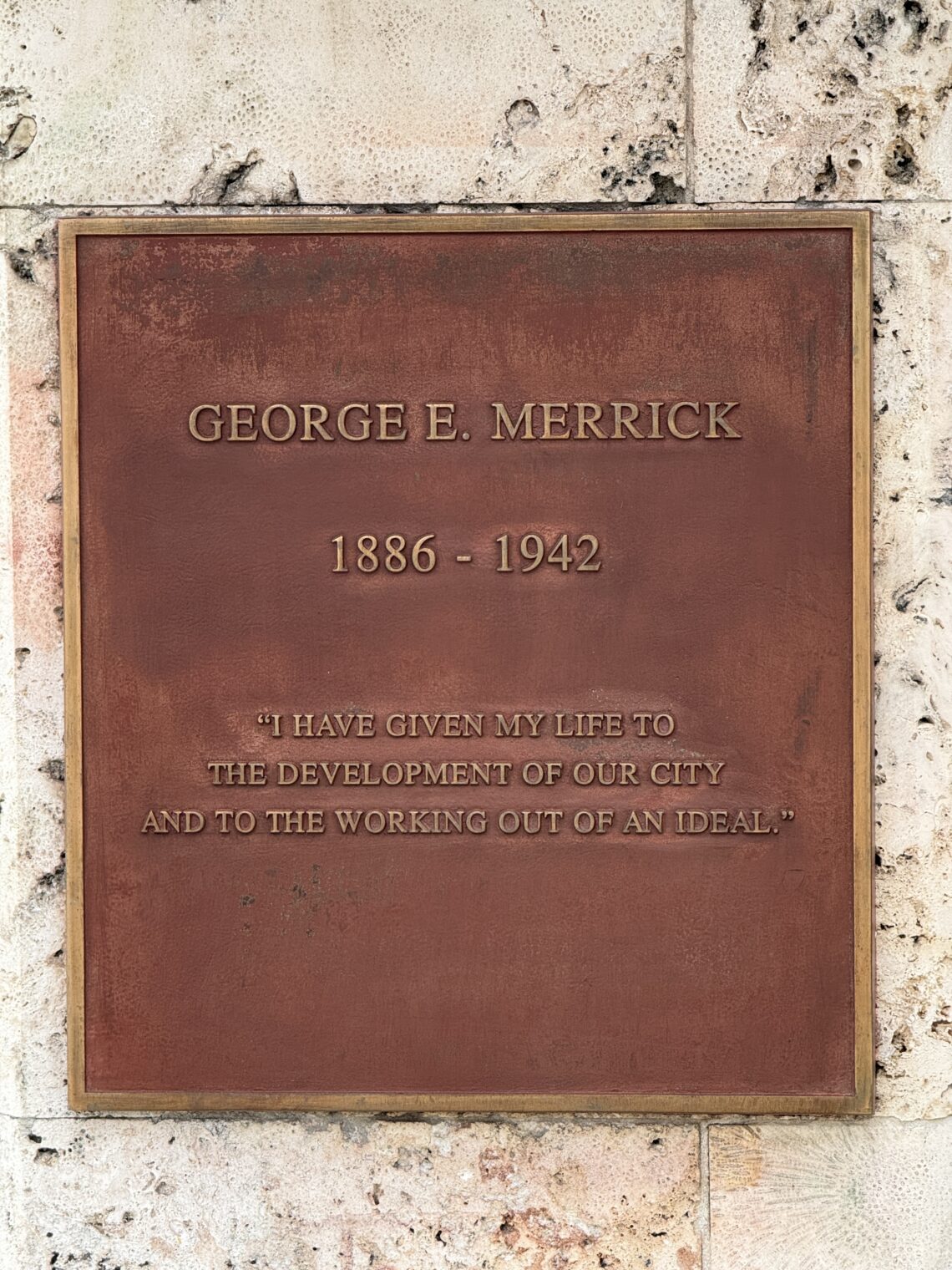
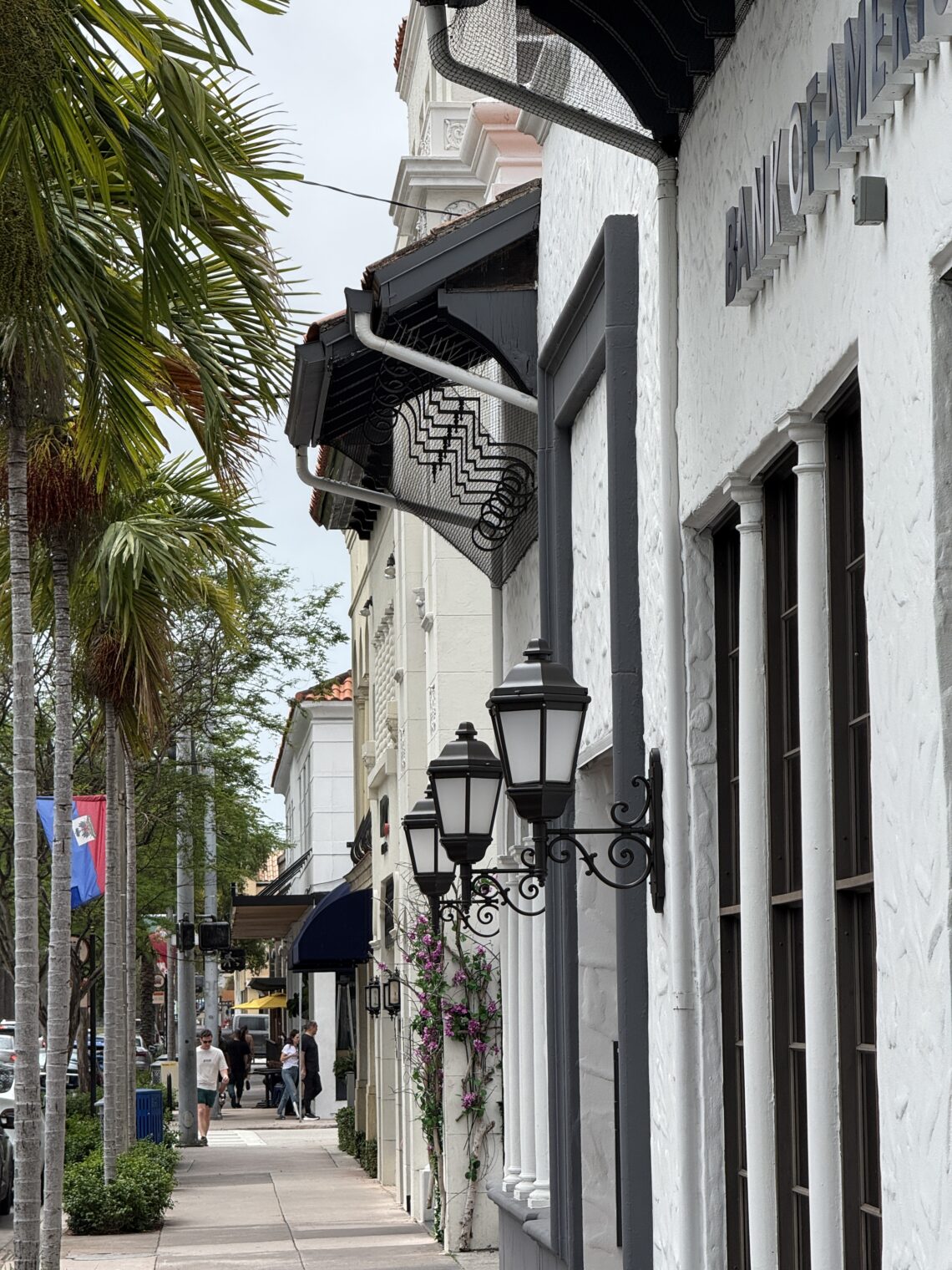
Related:
- Why does every “independent” bookstore have the same political point of view?
- The Villages, Florida: Golf Cart Urbanism? (Coral Gables would be a lot more energy-efficient if it had been built with alternatives to cars in mind)
